
Beijing is one of the most crowded cities to be in China. It is pretty difficult to avoid big crowds of tourists especially when visiting a very famous site like the Forbidden City or the Tiantan Temple. Everywhere you stand, you’ll be surrounded by the wrath of the tourist crowds and it may be most challenging to take photos without any disturbance. Some local tourists apparently love to stand in front of your camera whenever you are pointing at something beautiful and worst of all, they look into your camera. Grrr.. However, there are some spots in Beijing where you can escape from all the hustle and bustle of the capital. Enjoying Beijing in a much more quiet and peaceful manner isn’t impossible when you know where to go and at the right time. The city is most beautiful especially in the early mornings when the air is still fresh.
These hidden gems of Beijing (as I like to call it), gives you a nice peaceful walk and slowly appreciate the beauty of Beijing in peace. If you like a quiet walk in the capital, I’ve listed these 3 very gorgeous spots that you may consider on your next visit to the capital. All 3 of them are located in the same area called Dongcheng District and within walking distance in between each other. Stop by the subway station called Yonghegong Lama Temple Station and take the South Exit. These 3 hidden gems are all located in this area.
1. Yonghe Temple
Heading south from the Yonghegong Station, you will first reach this temple. It is also commonly known as the Lama Temple, is an ancient temple and monastary of Tibetan Buddhism. Built during the Qing Dynasty in the 17th century, it was once the official residence of the court eunuchs. Upon Yongzheng emperor’s ascension to the throne, half of it was converted into a monastery (or lamasery for Tibetan Buddhist Monks). Qianlong emperor later gave the temple an imperial status after Yongzheng’s death, therefore changing all turquoise tiles into yellow tiles which were only reserved for the emperor in Chinese Culture.
Thereafter, the monastery became residence for a large number of Tibetan monks from Mongolia and Tibet. It is one of the world’s most well preserved Lama Monastary. It is also important to note that the Yonghe Temple survived the Cultural Revolution thanks to the intervention and protection of Premier Zhou Enlai.
It is one of my favourite temples in Beijing. It may not be as big as the forbidden city, but there is this cozy kind of feeling to it. It may be due to the place not having as much crowds as the other sights in Beijing, because once you enter the compound it feels very calm and it’s a great way to start a sightseeing day. On arrival at the south end, you will enter a yard which contains a screen wall and three gateways (or Paifang in Mandarin), and will observe the red walls and stone lions, symbols which show that it was originally the dwelling of an Imperial Family member. After getting the tickets, you’ll pass by this row of beautiful trees which is just wonderful. If you plan to pray to the Buddhas in the temple, you’ll be offered a bunch of incense for free at the doorway on your left after the trees.
Look for the Pavilion of Ten Thousand Happinesses. It has a 26m tall statue of the Maitreya Buddha carved from a single piece of White Sandalwood. The statue is one of three artworks in the Temple which were included in the Guinness Book of Records in 1993. It is located at the final stop of the entire complex. It can easily be spotted because it is the highest of all buildings here. Inside this pavilion there are tens of thousands of Buddhas displayed along every level, and in the centre there is an enormous statue of Maitreya positioned on a white marble base.
2. Temple of Confucius
After leaving the Yonghe Temple, walk down and take a right turn, after about just 3 minutes of walking you’ll reach another beautiful temple. It is Beijing’s Temple of Confucius. It is the 2nd largest Confucius Temple in China and was built in the 14th century during the Ming Dynasty. Another extremely incredible spot to enjoy the tranquility of Beijing. Since Confucius is a very important and significant figure to the Chinese culture and etiquette, it is a must see when you come to the capital.
The Confucius temple of Beijing is a gem tucked away in Guozijian Street. It was built to honor the great sage that has influenced the entire Chinese and East Asian culture. There are 4 courtyards – the main structures include Xianshi Gate (Gate of the First Teacher), Dacheng Gate (Gate of Great Accomplishment), Dacheng Hall (Hall of Great Accomplishment) and Chongshengci (Worship Hall).
There are a number of stone steles of the Ming and Qing dynasties hold the precious historical information of ancient China in the premises of the temple. These stone steles commemorate repeated rebuildings and renovations of the temple complex, contain texts extolling Confucius and imperial edicts granting him new honorary titles. A small number of these steles are extremely important and you tell by noticing a carved tortoise carved at the bottom of these steles. Located in different areas of the temple, the tortoise bears various designs which depict the era or dynasty that it was created.
The temple has even lesser crowd than the Yonghe Lama Temple therefore making it one of the best places to take a pleasant stroll in the courtyards. We spent quite some time walking around the compound and unfortunately the exhibition halls were closed for renovation. Nevertheless, it didn’t stop us from enjoying all the quietness and culturally rich tranquility we longed for. Take your time and enjoy the incredible structures that the emperors of ancient China had built for these great people. It was also rather inspiring to see the effort that was put inside these buildings.
3. Guozijian (The Imperial College)
An extremely important heritage site, the Guozijian is located just next to the Confucius Temple, but within the same grounds. The Imperial college or Imperial Academy is the highest learning institution back in ancient China. Also built in the 14th century during the Yuan Dynasty, the Guozijian in Beijing is the last remaining imperial colleges of China. It was also highly regarded by the emperors themselves throughout the last 3 dynasties Yuan, Ming and Qing. This is evident by the yellow rooves that all structures here have. Also, the glazed paifang (Chinese archway) is a very significant feature of the Guozijian. On the glazed archway, there is a horizontal tablet, whose inscriptions on both sides which were written by Emperor Qianlong of the Qing Dynasty. This symbolizes that the country pays a lot of attention on education.
In the center of the premise lies the Biyong Hall. It is the main building in the complex and is situated north of the glazed archway. The hall has a symmetrical square design and is surrounded by a circular moat. This architectural style embodies the Chinese belief that the earth was square and the heaven was round. The Biyong Hall was where the emperor gave his lectures and therefore upon entering the hall, you will see the emperor’s throne and his other accessories. There are 6 palaces containing 33 rooms on the east and west sides of Biyong hall. These palaces are where the students had their classes.


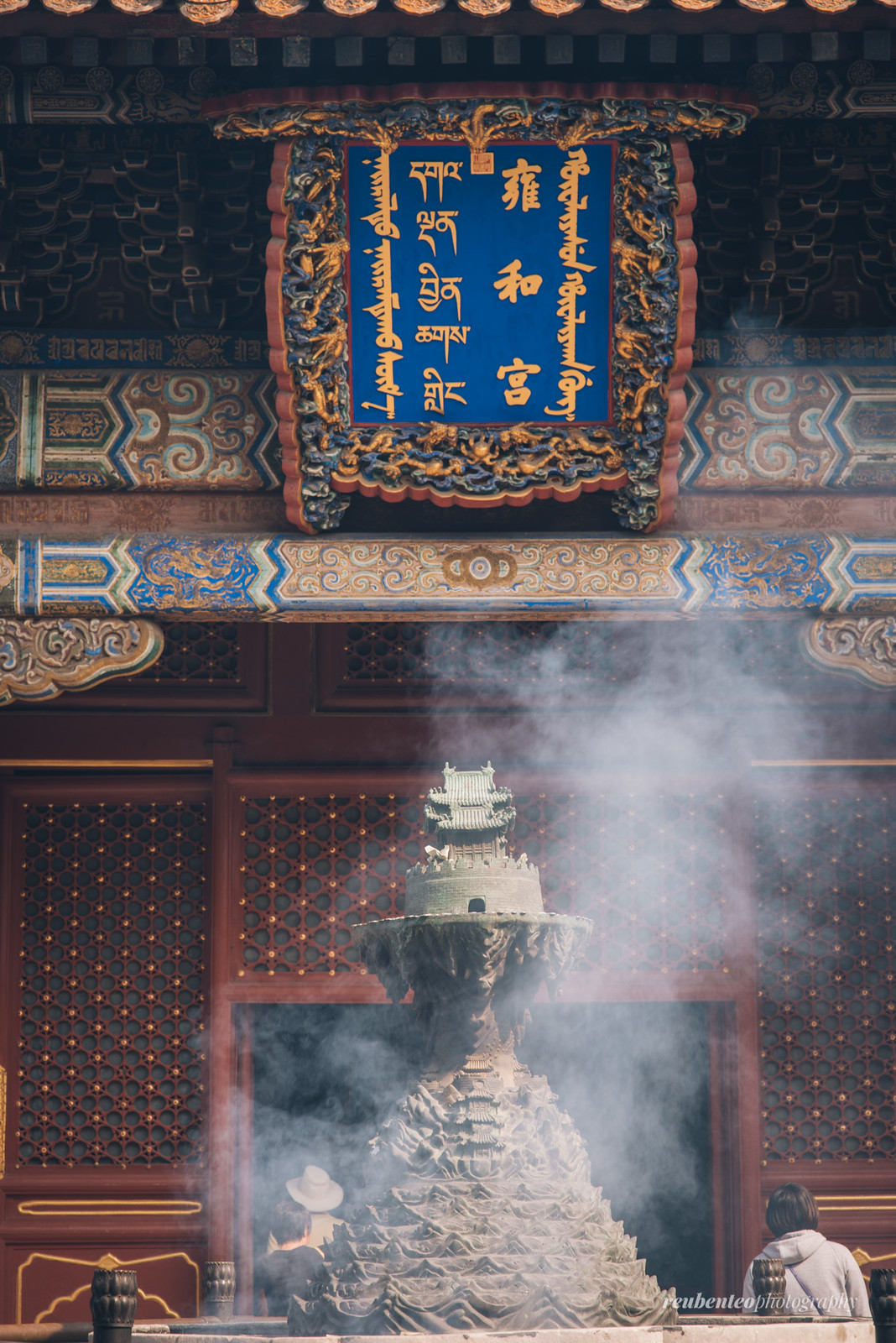
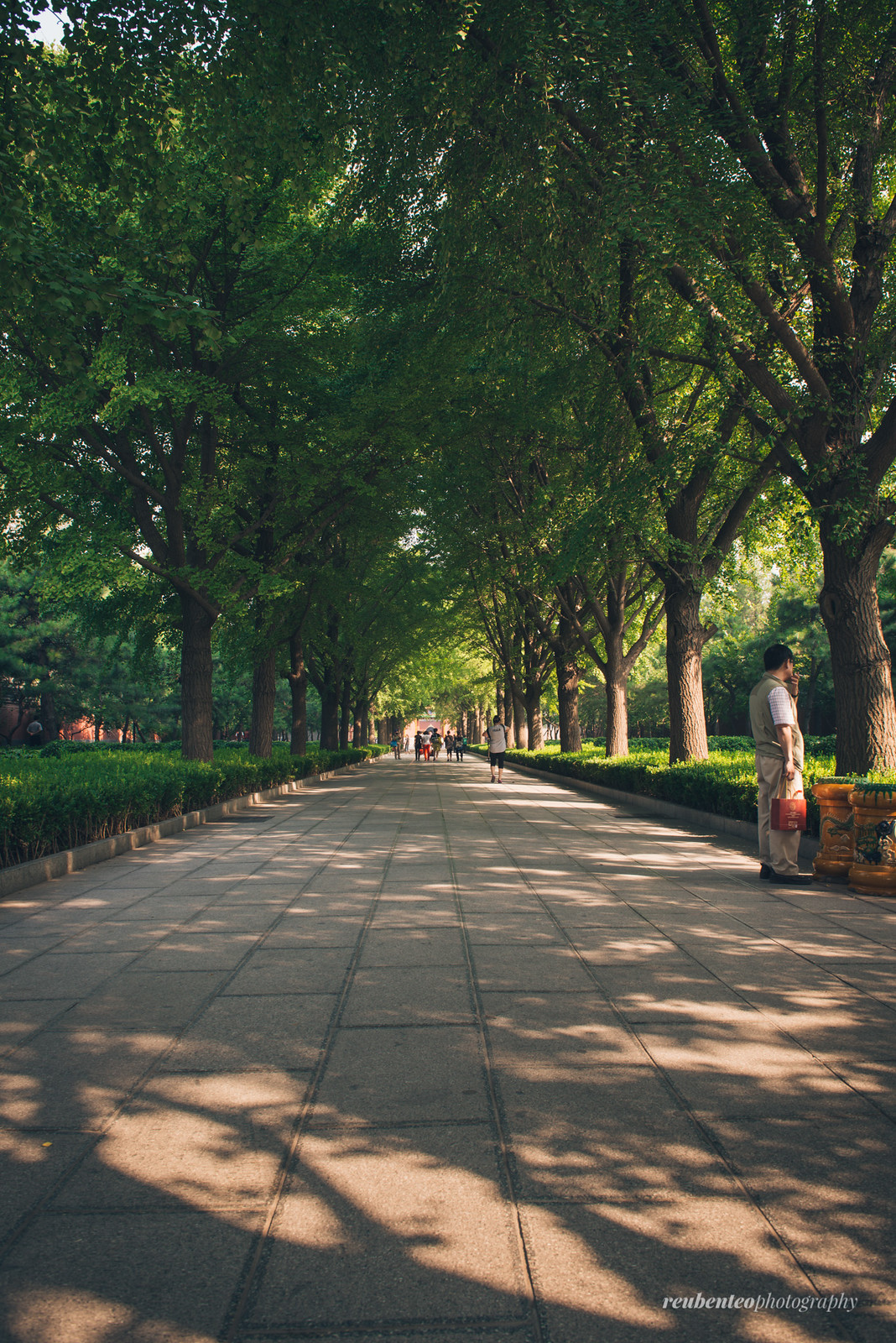
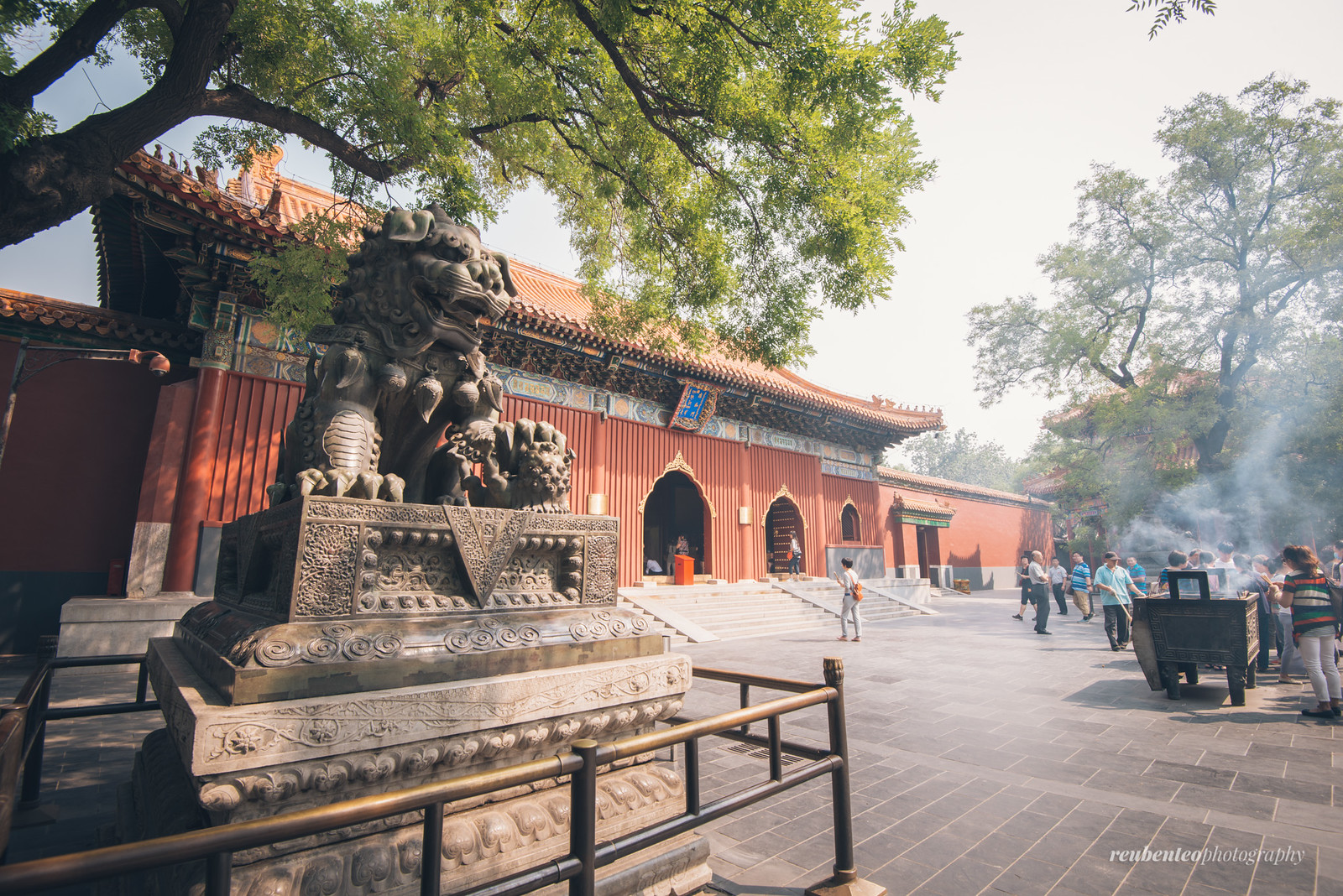
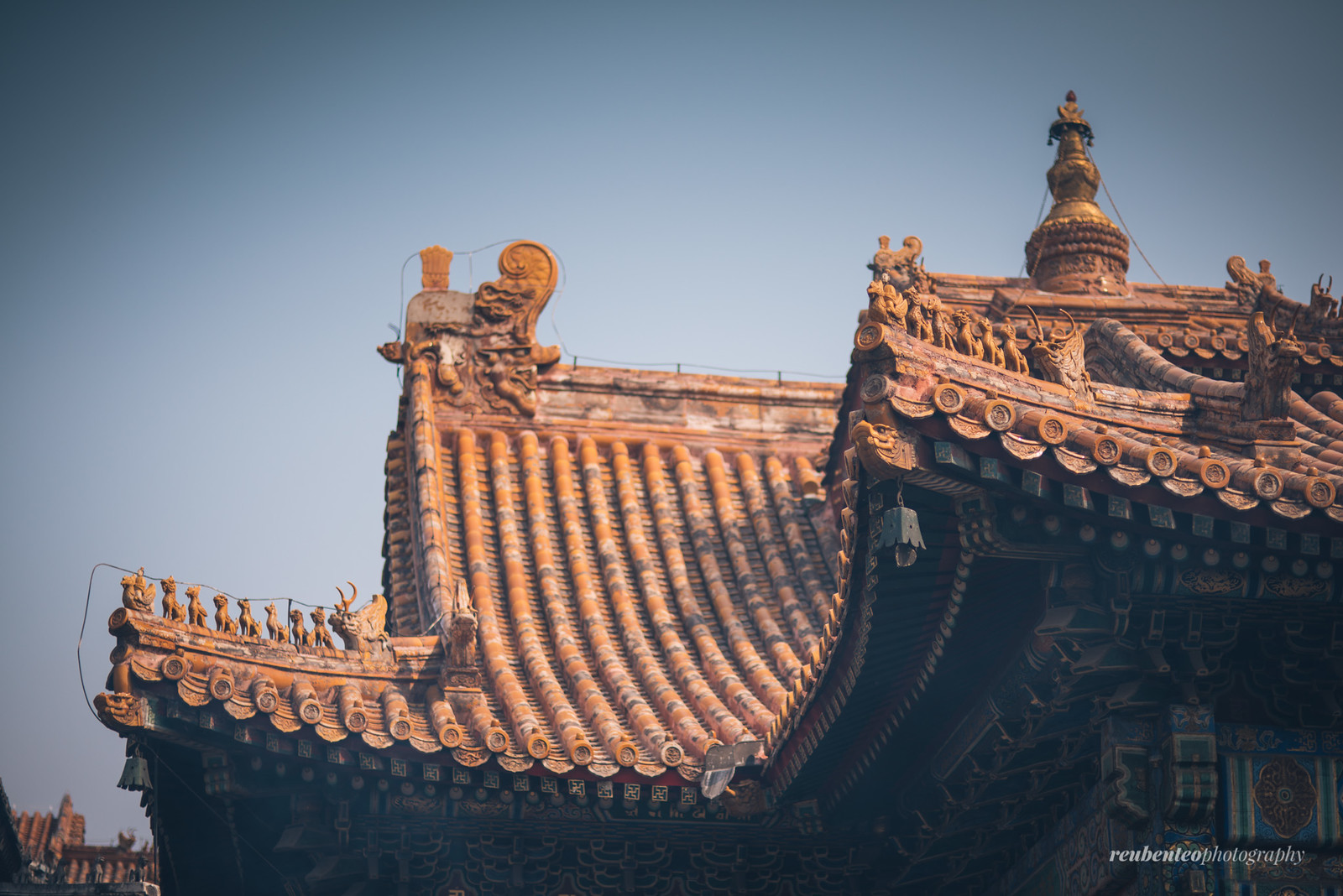
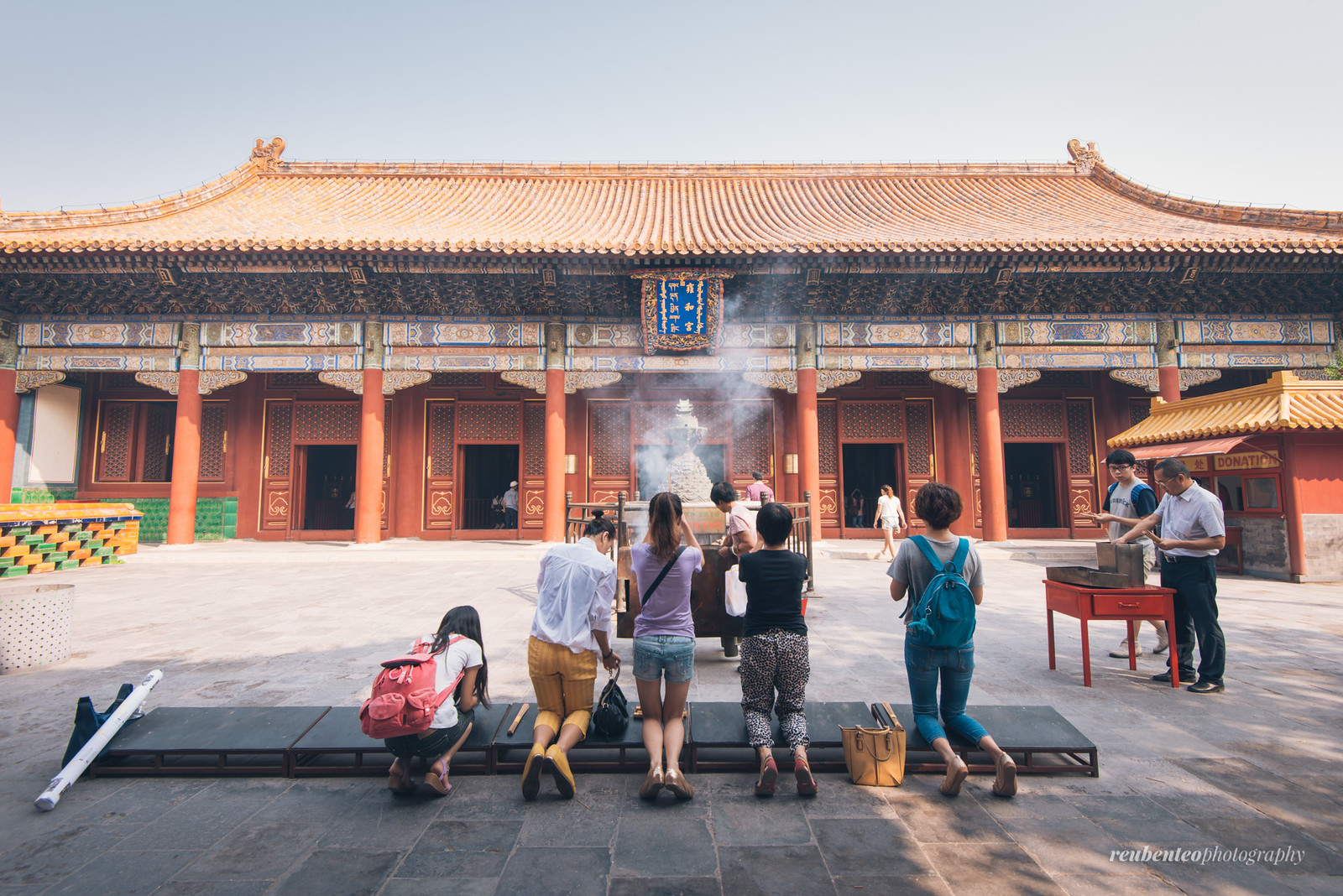
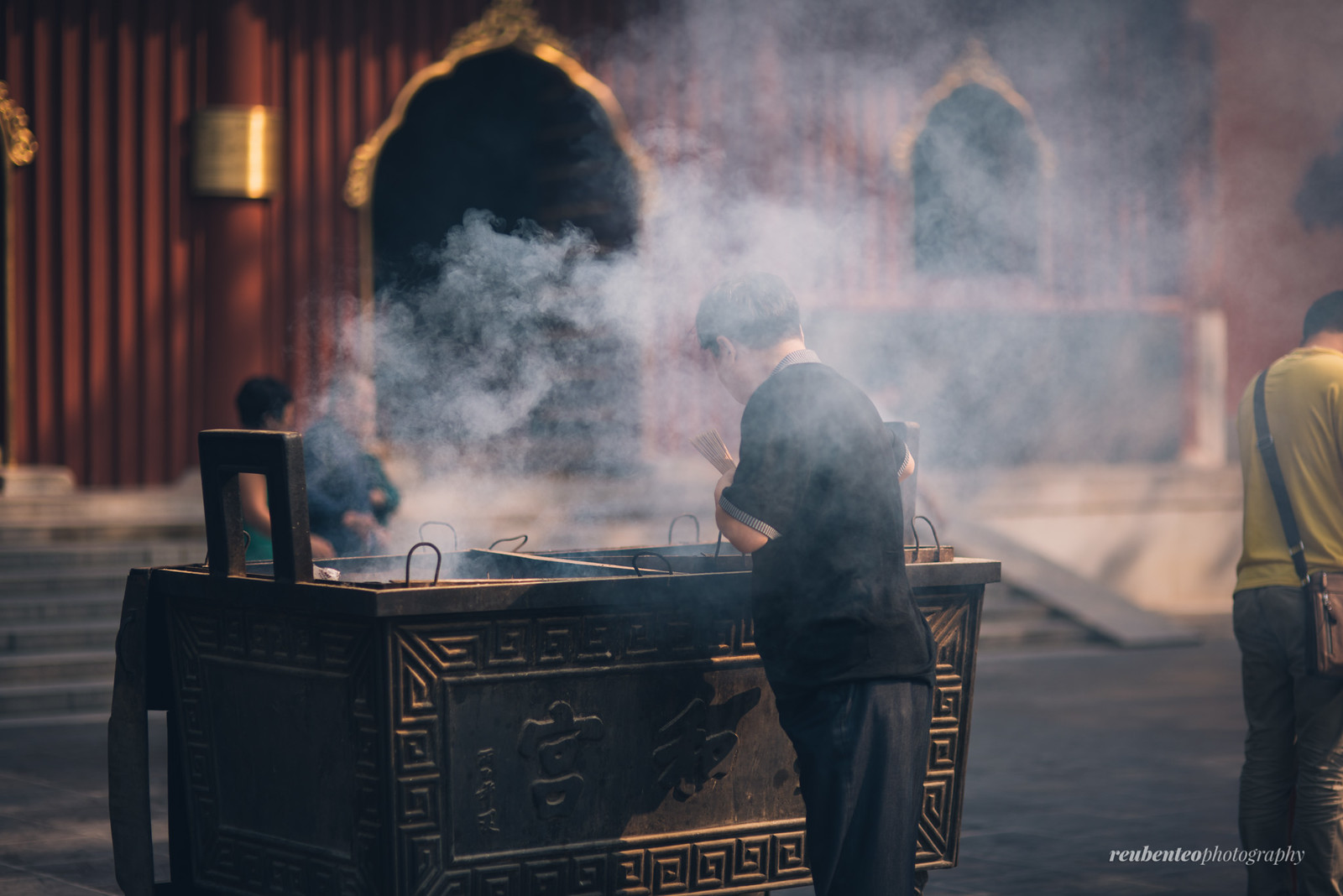
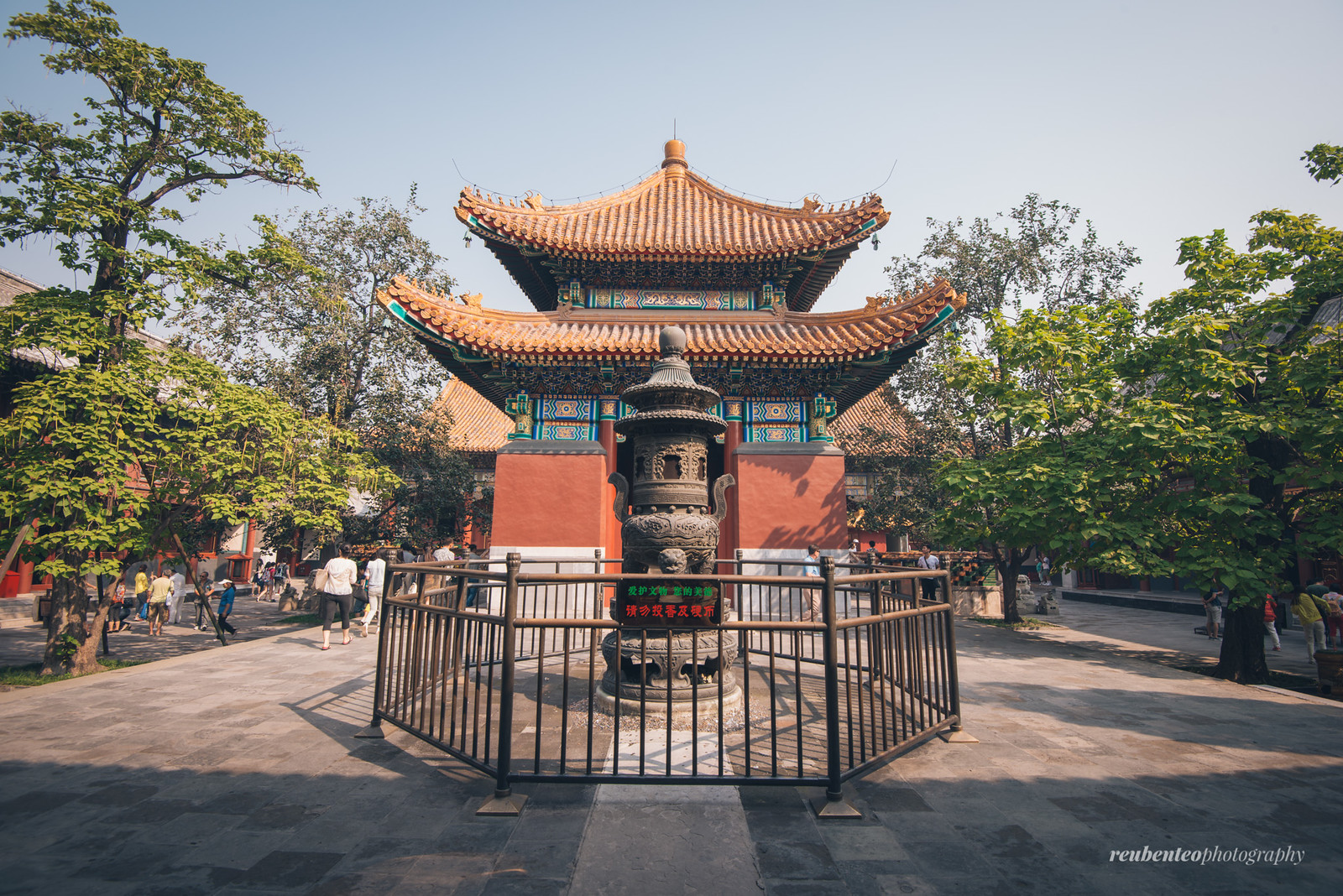
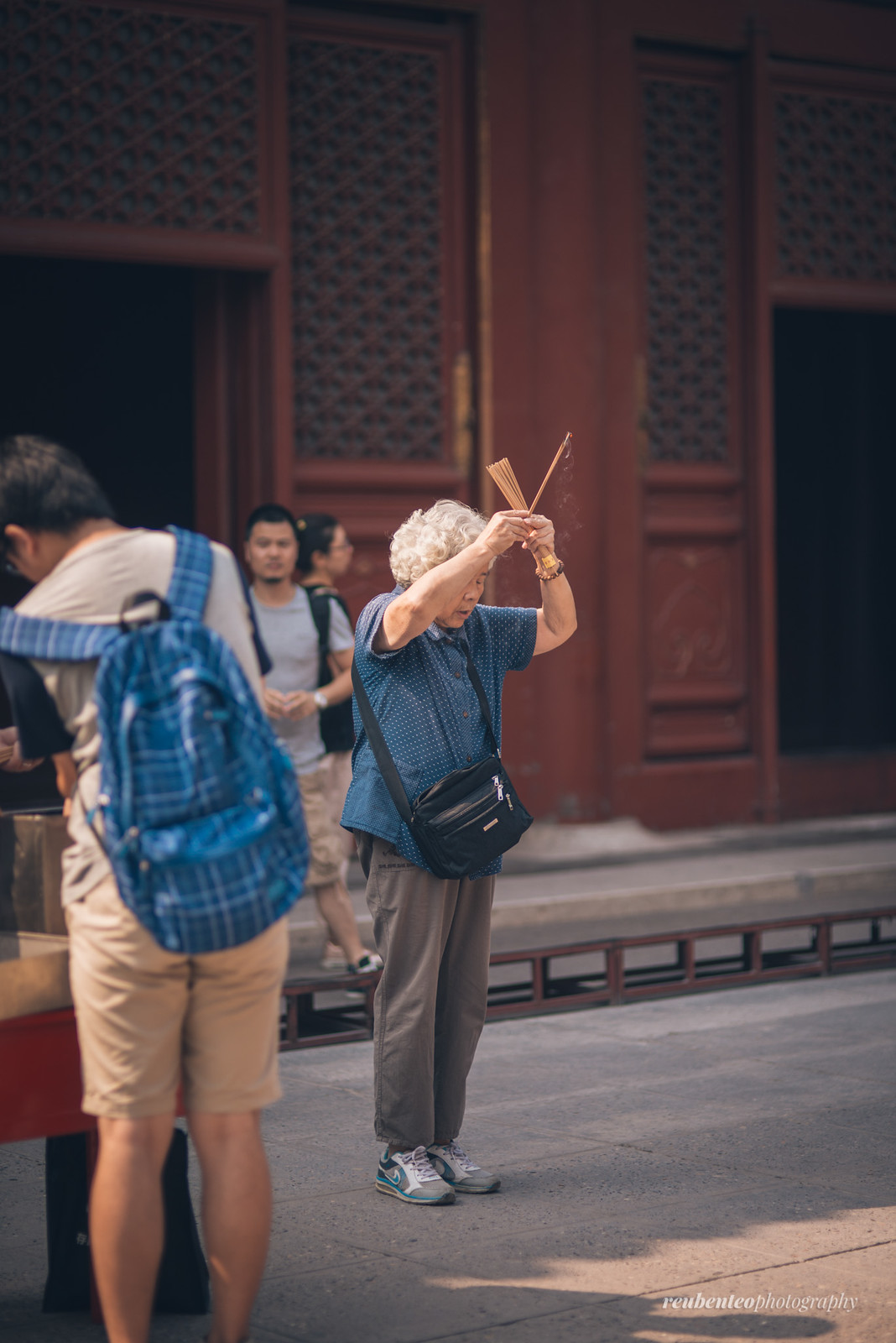

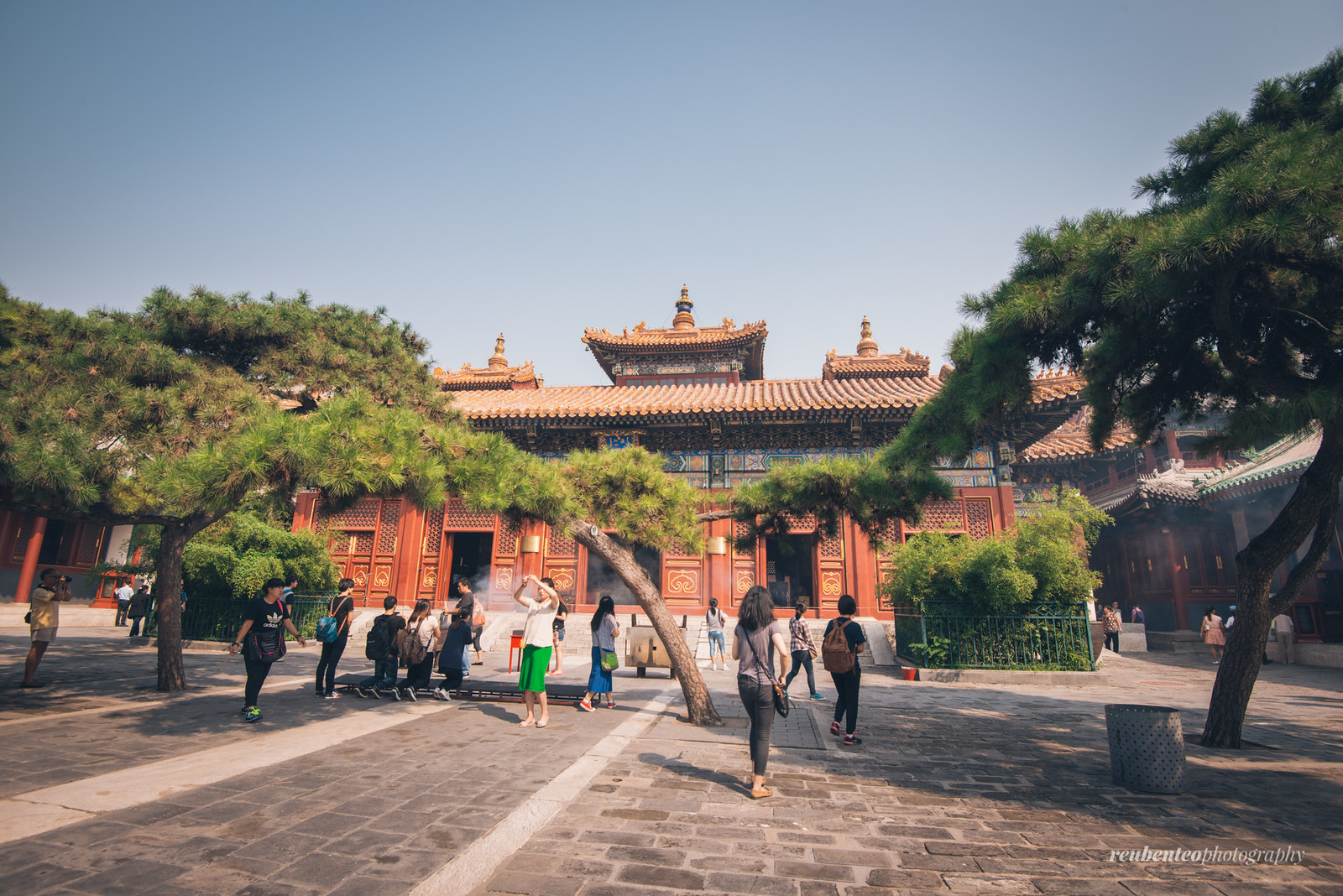
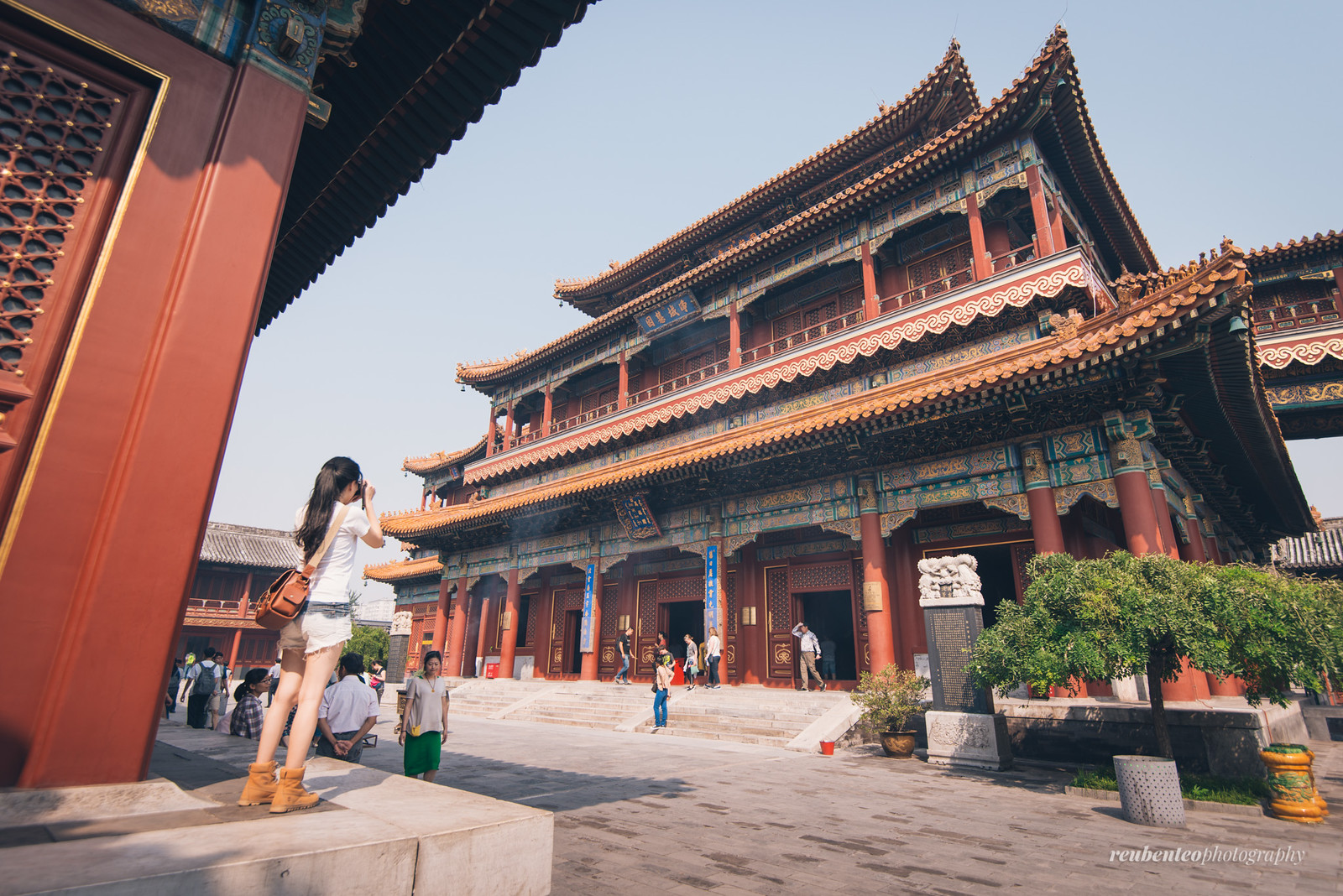
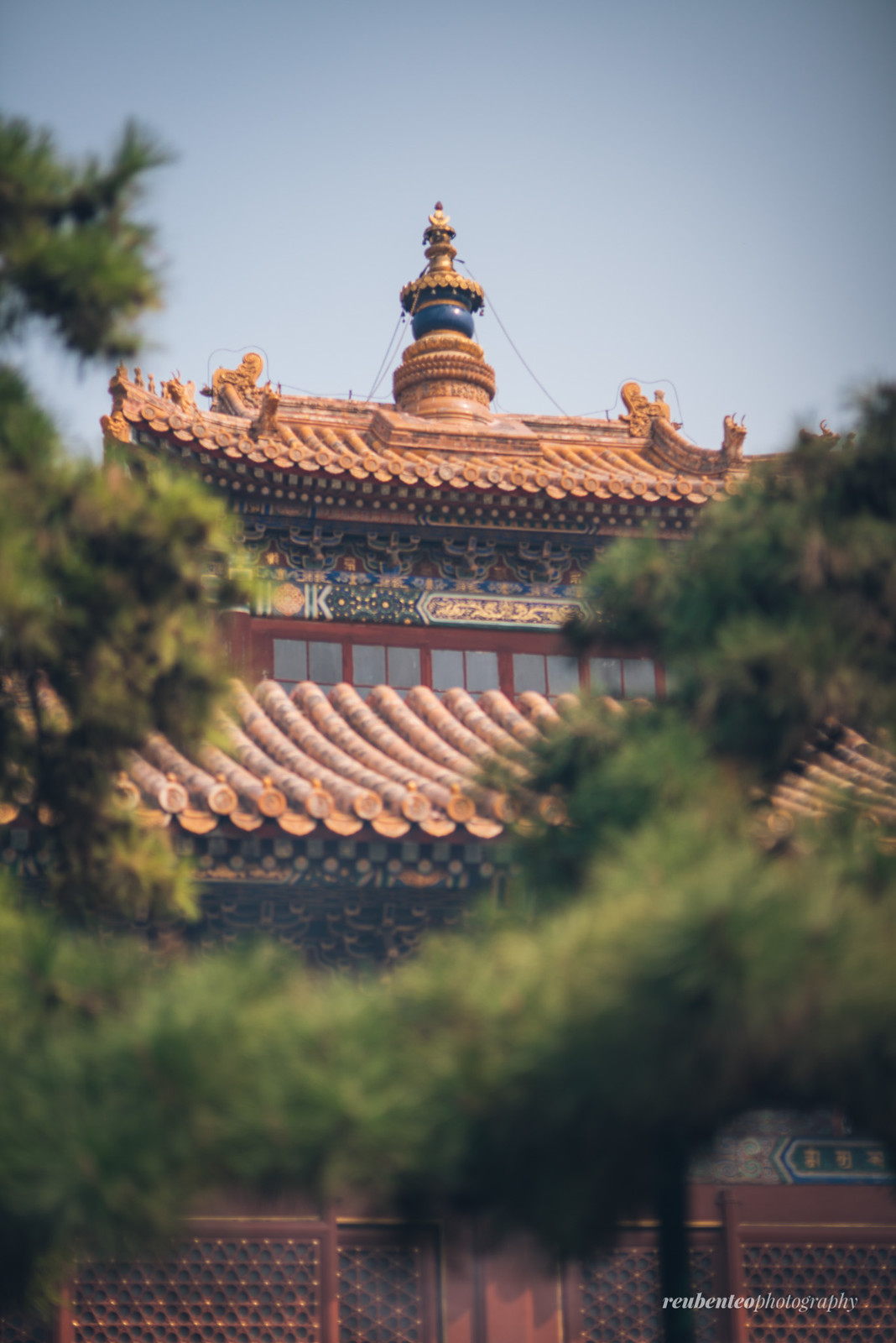
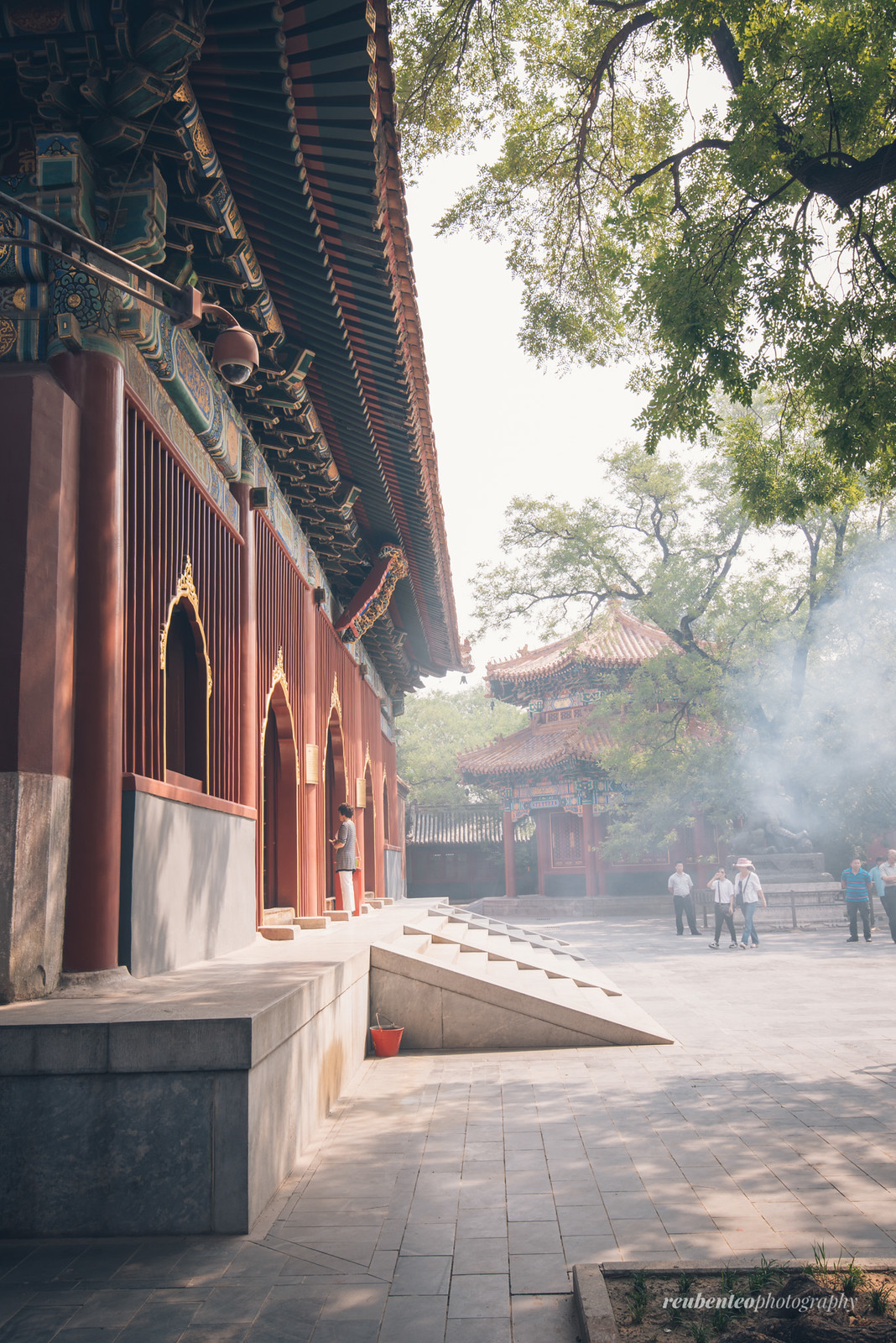
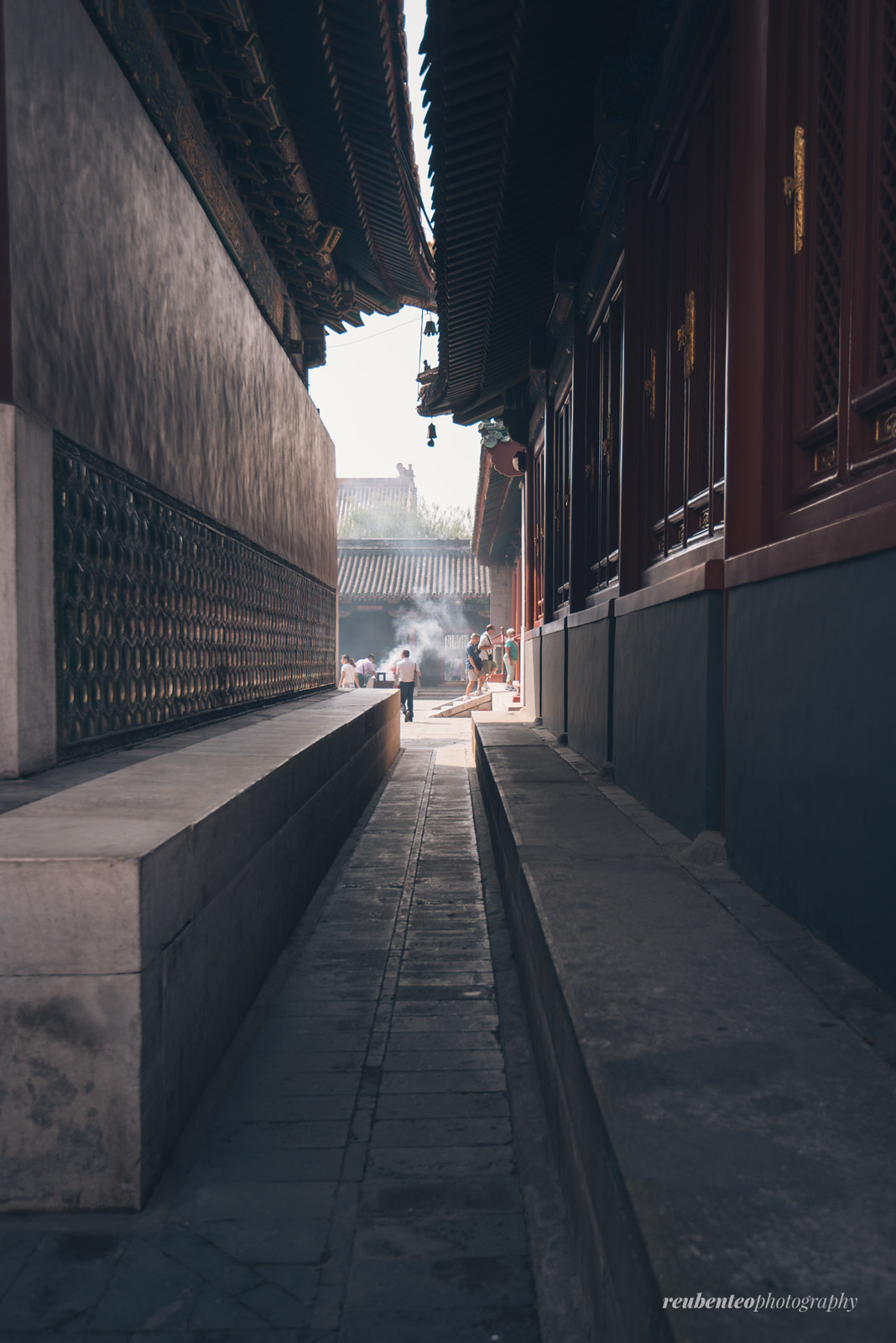
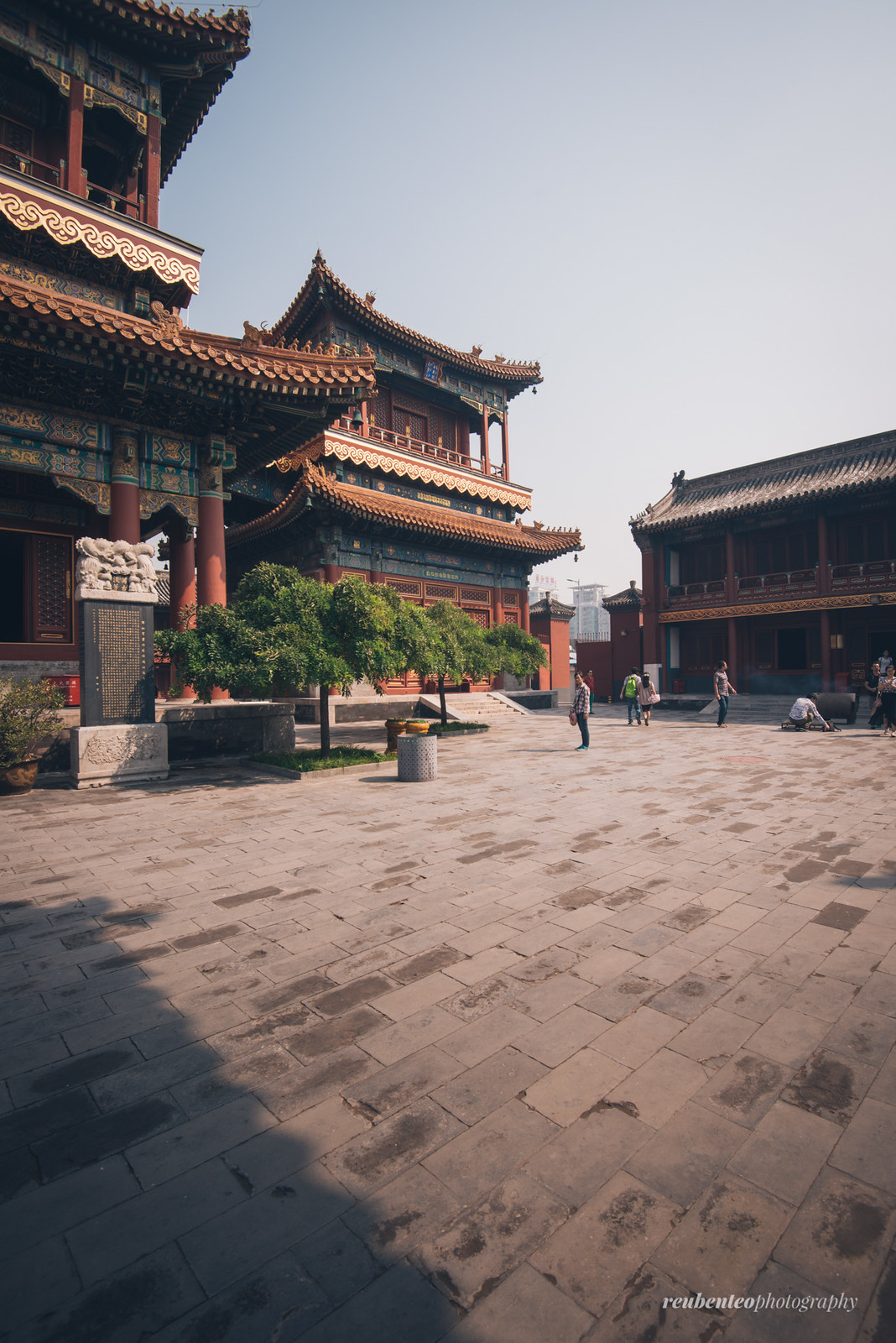
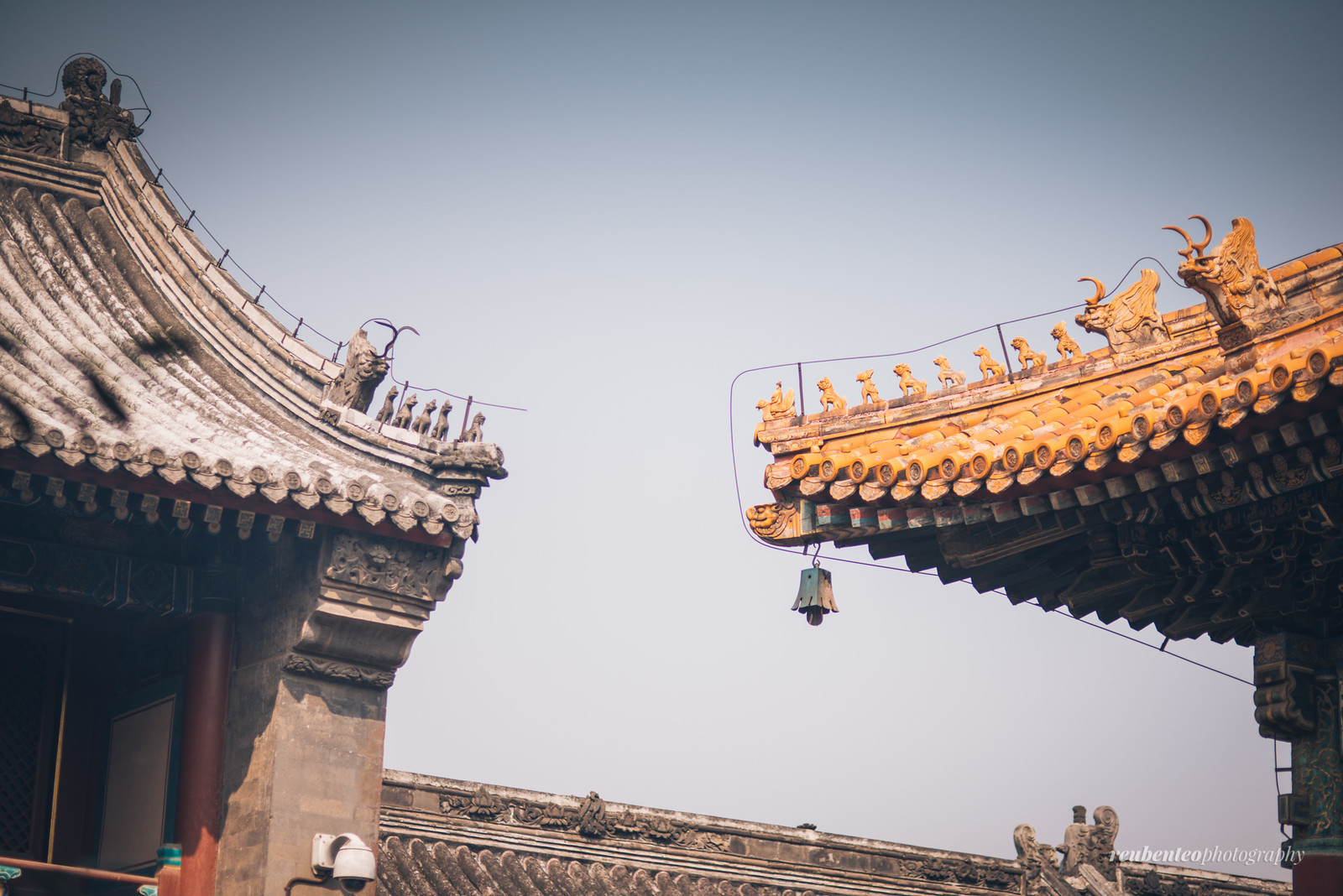


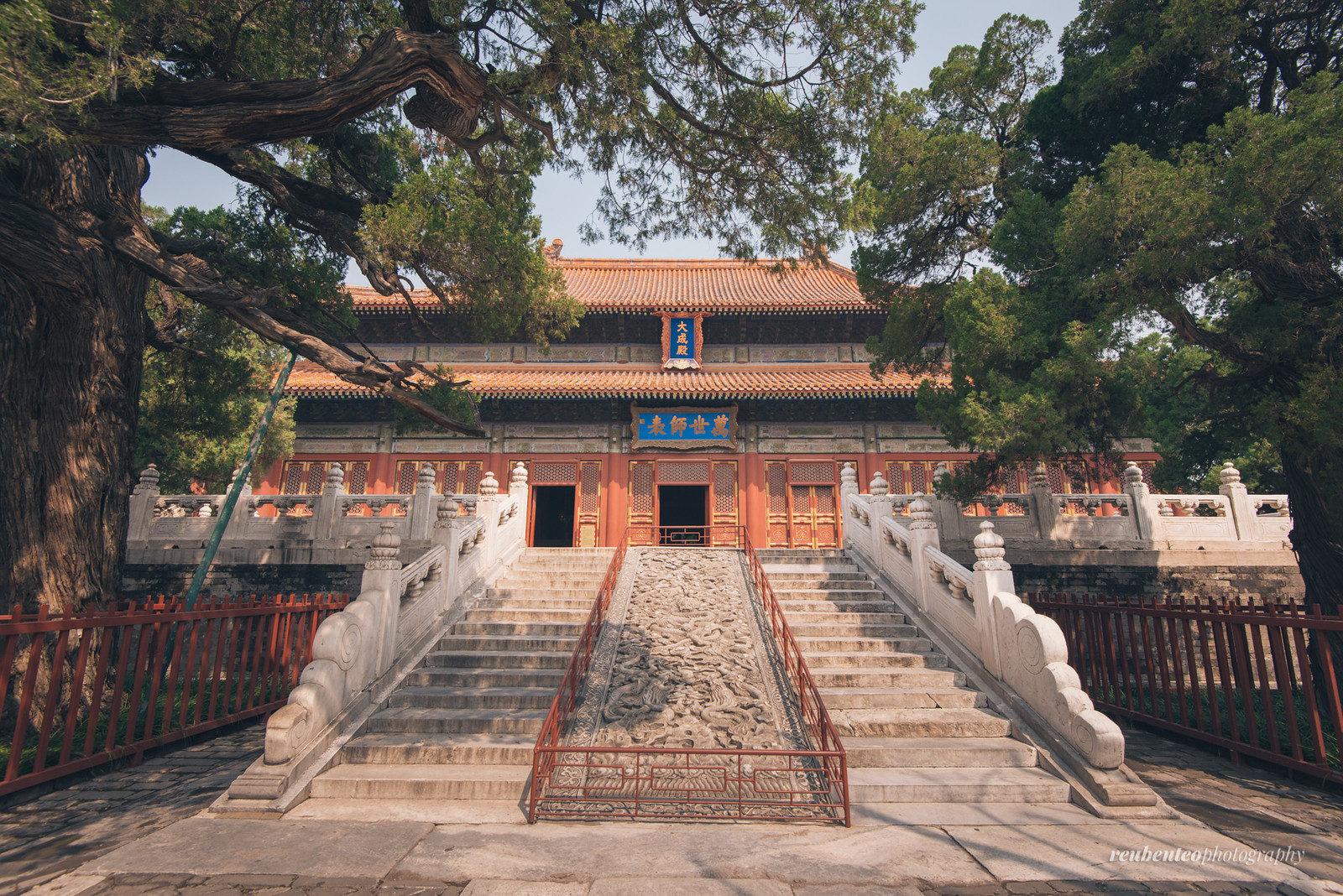
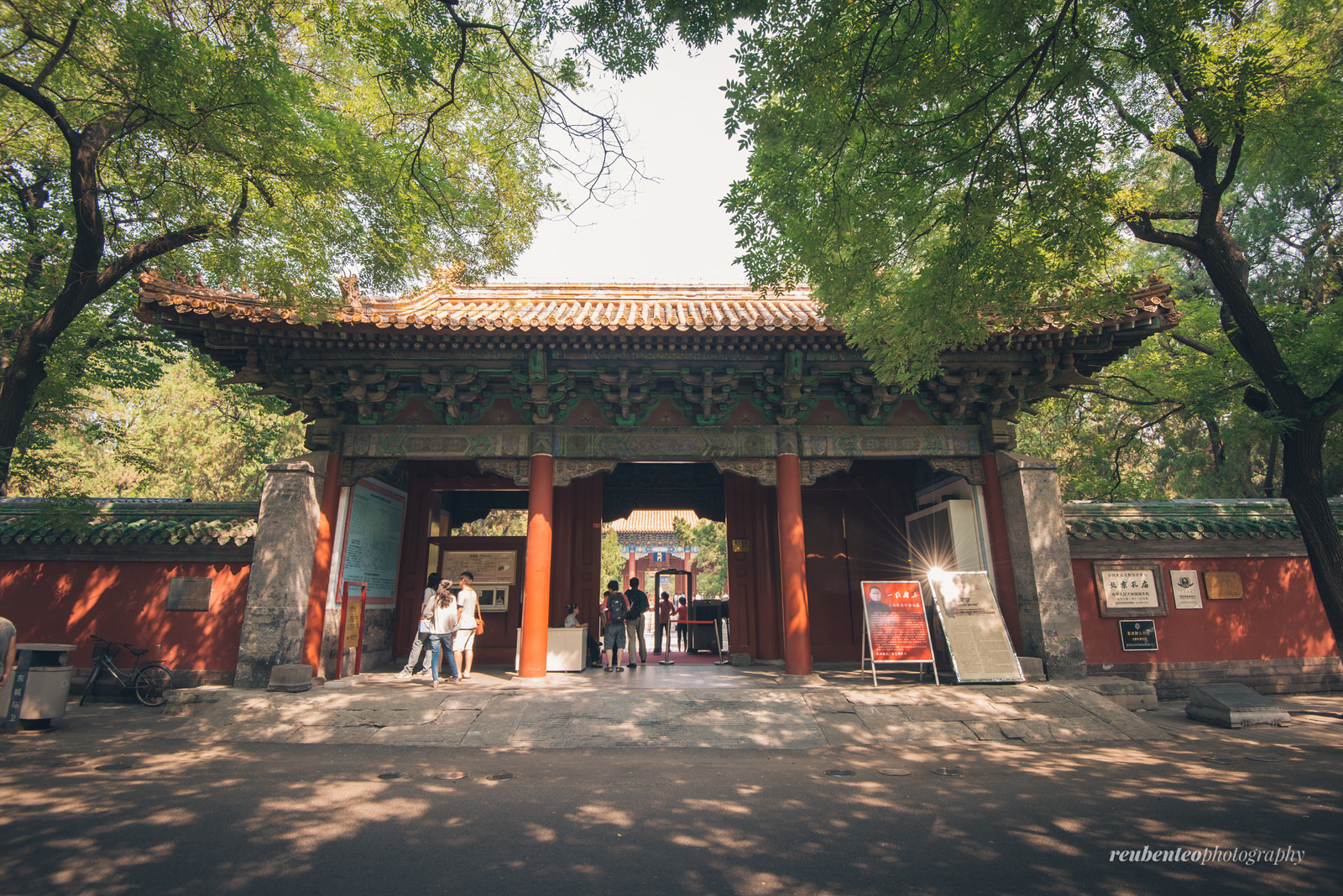
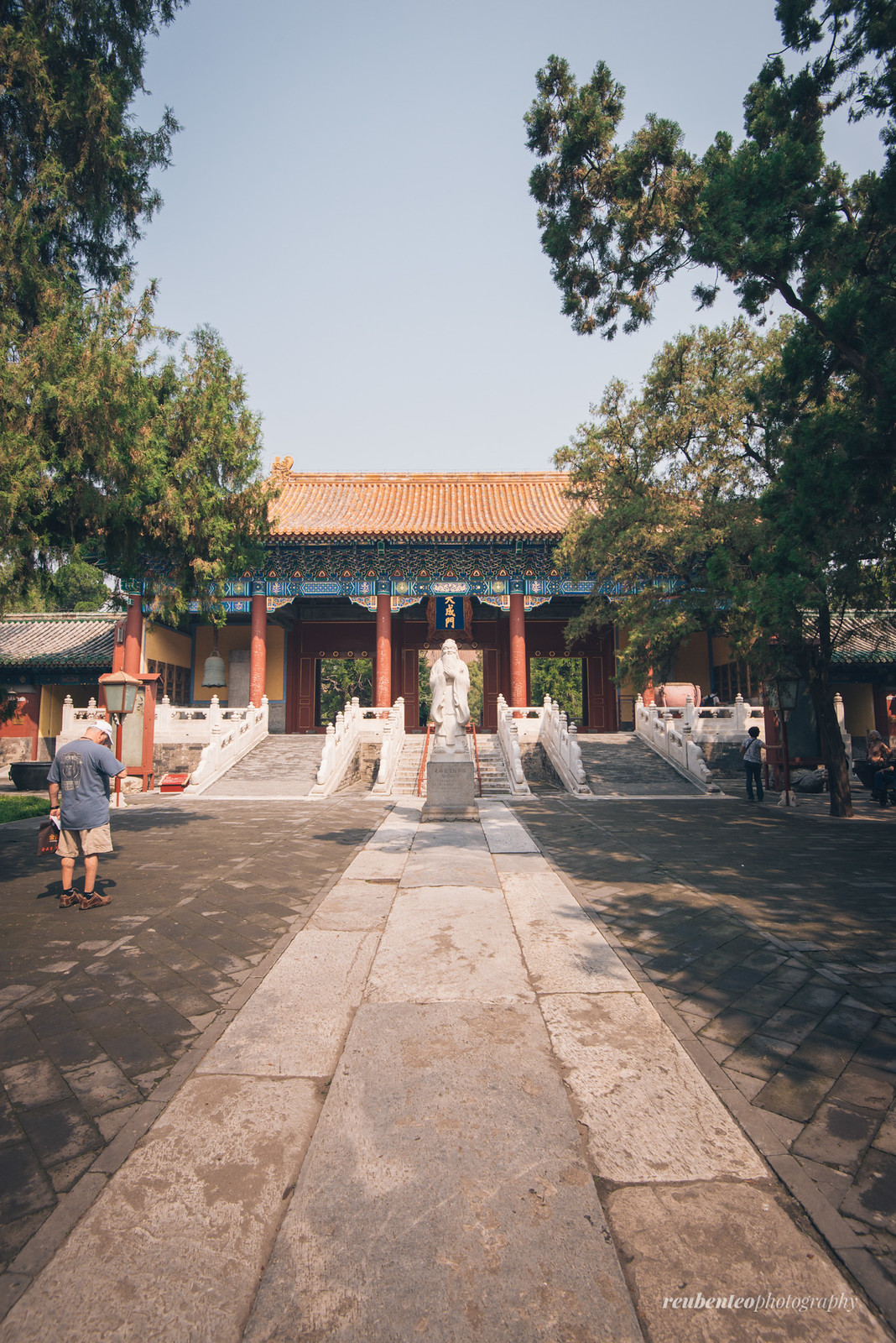
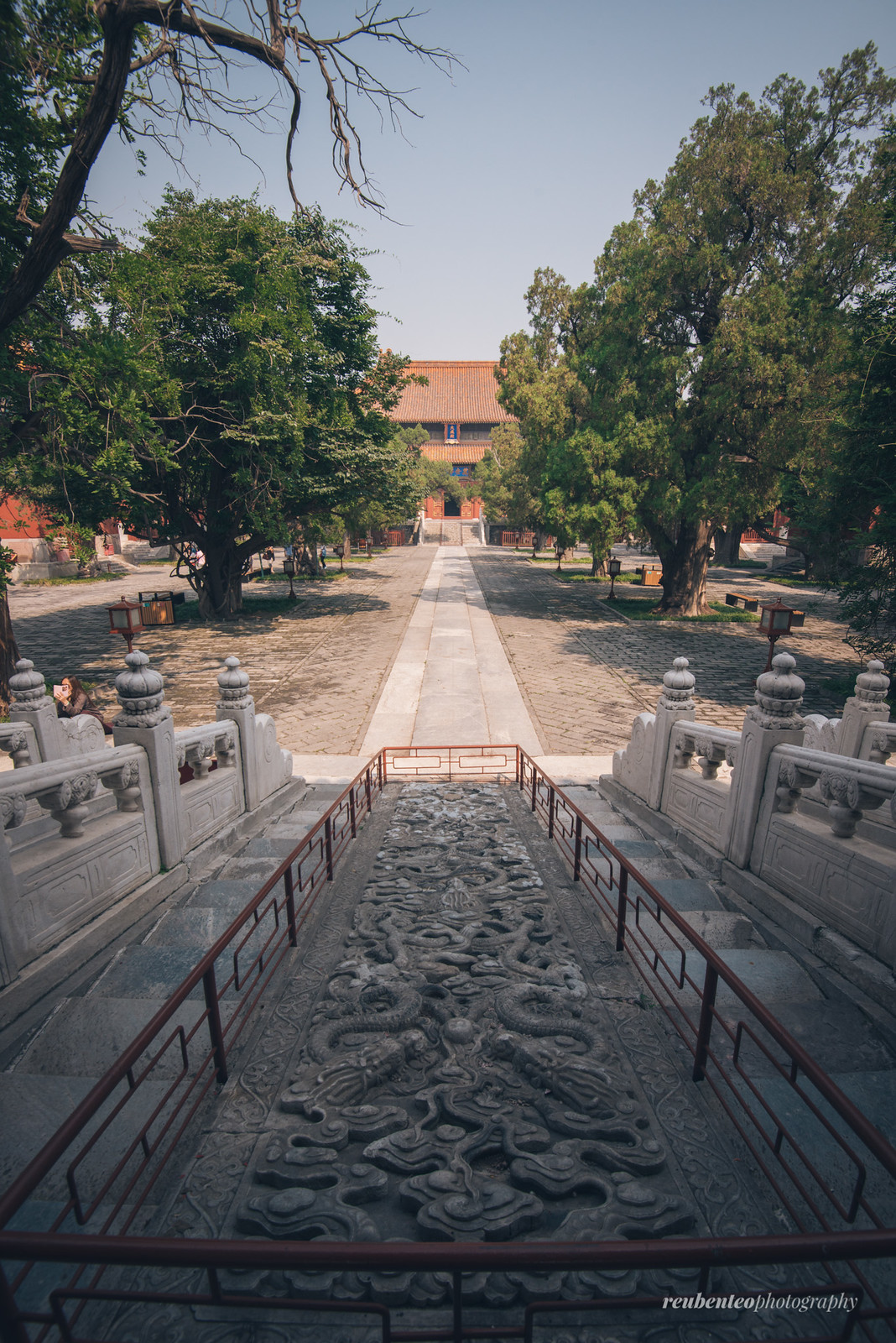
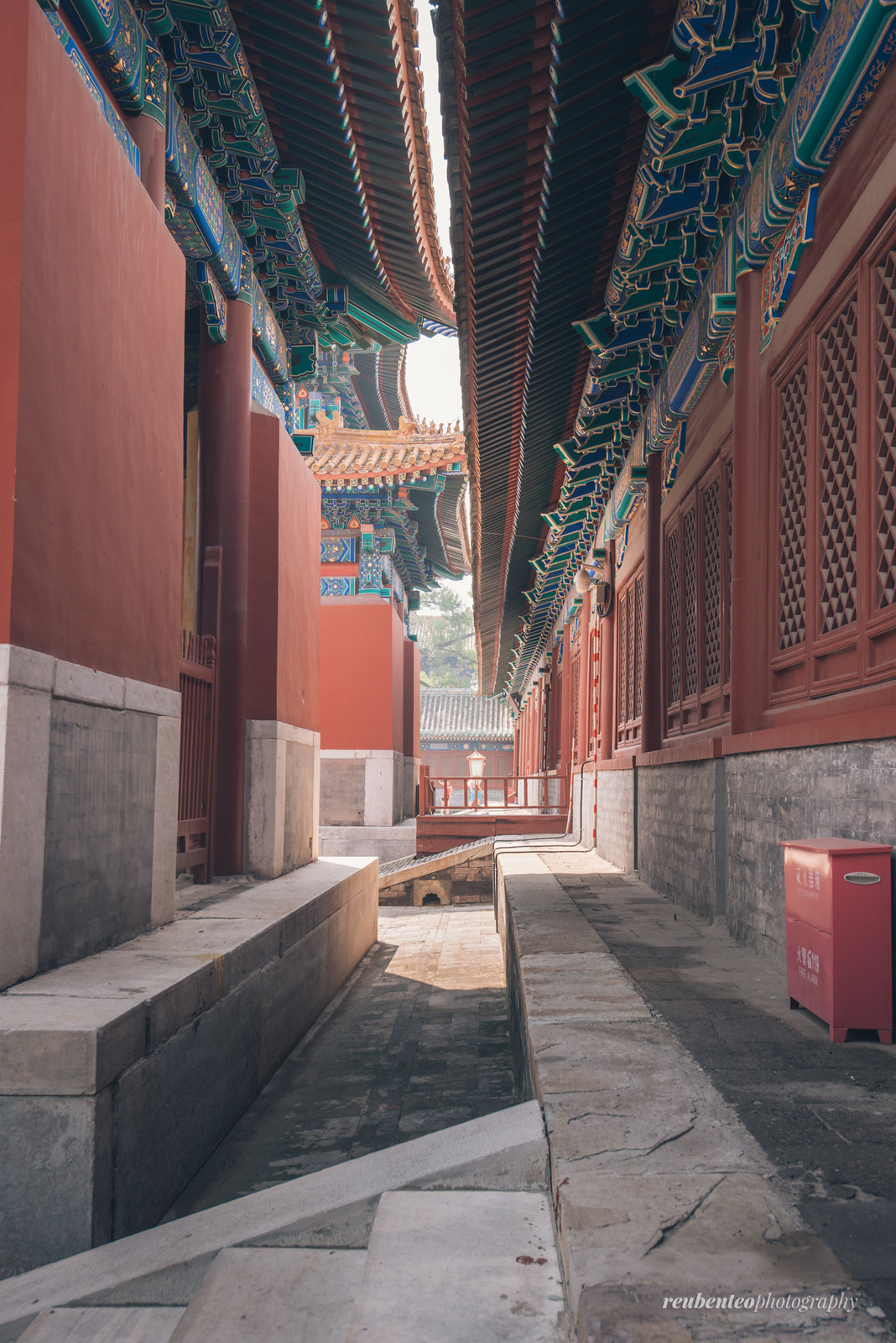
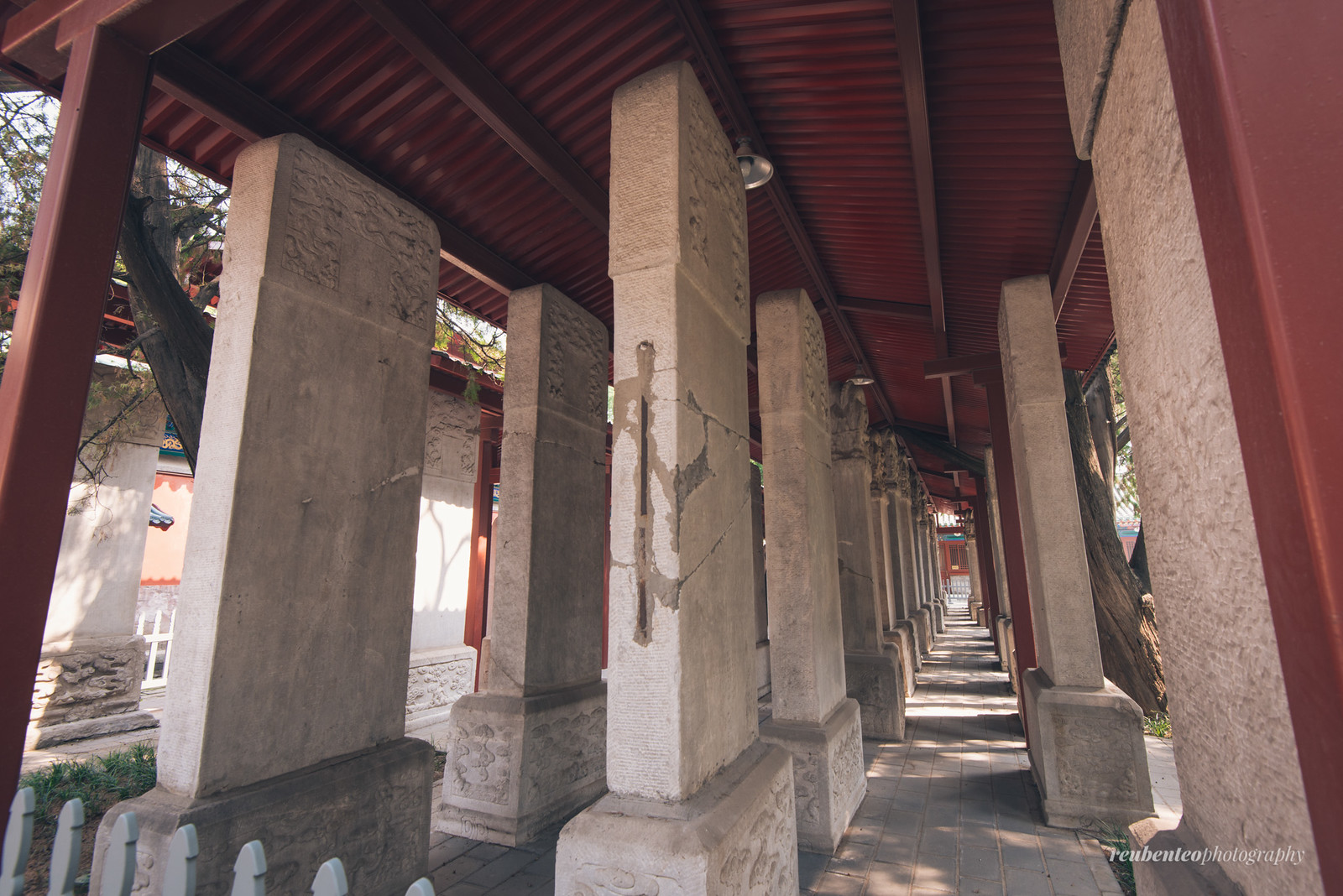
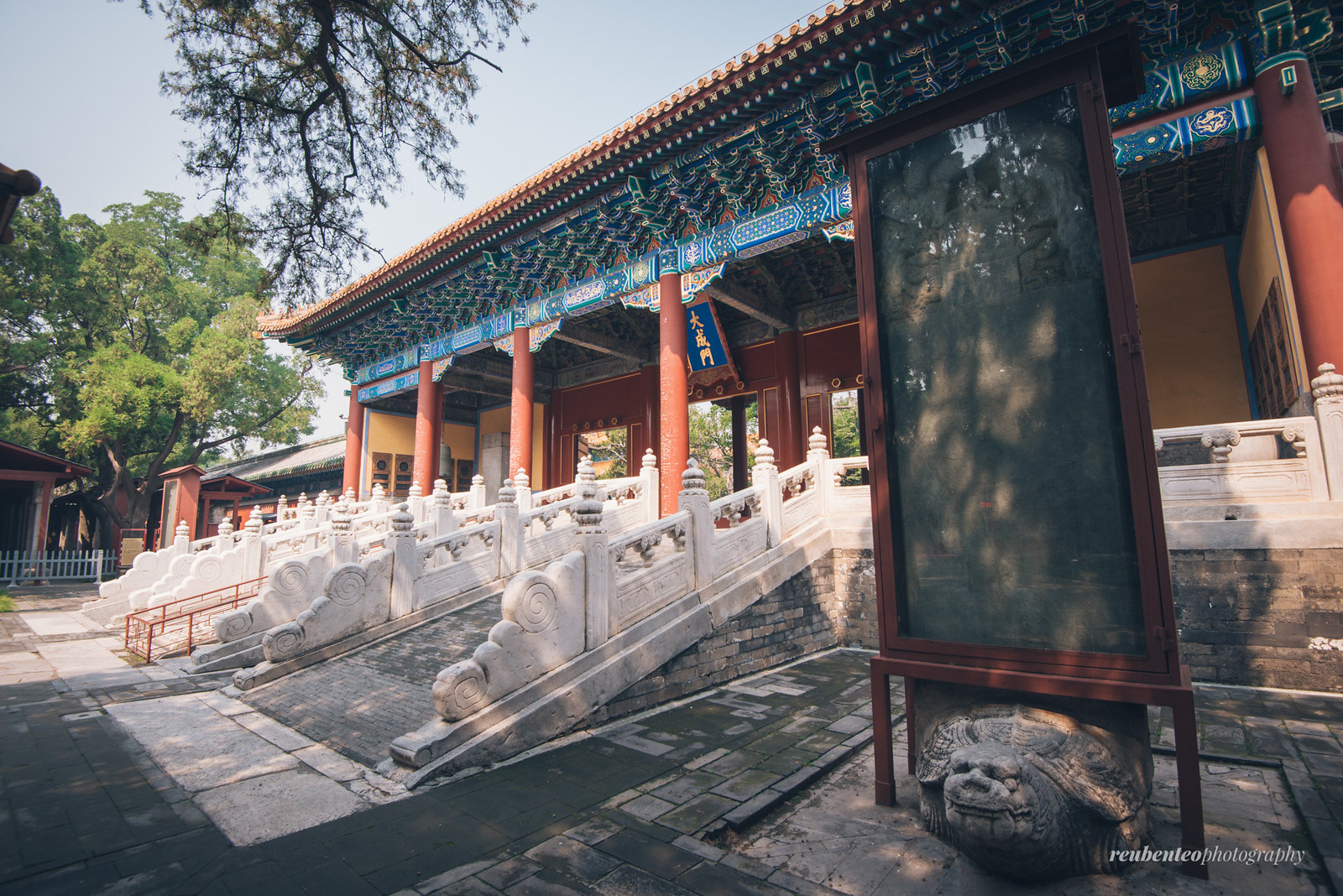
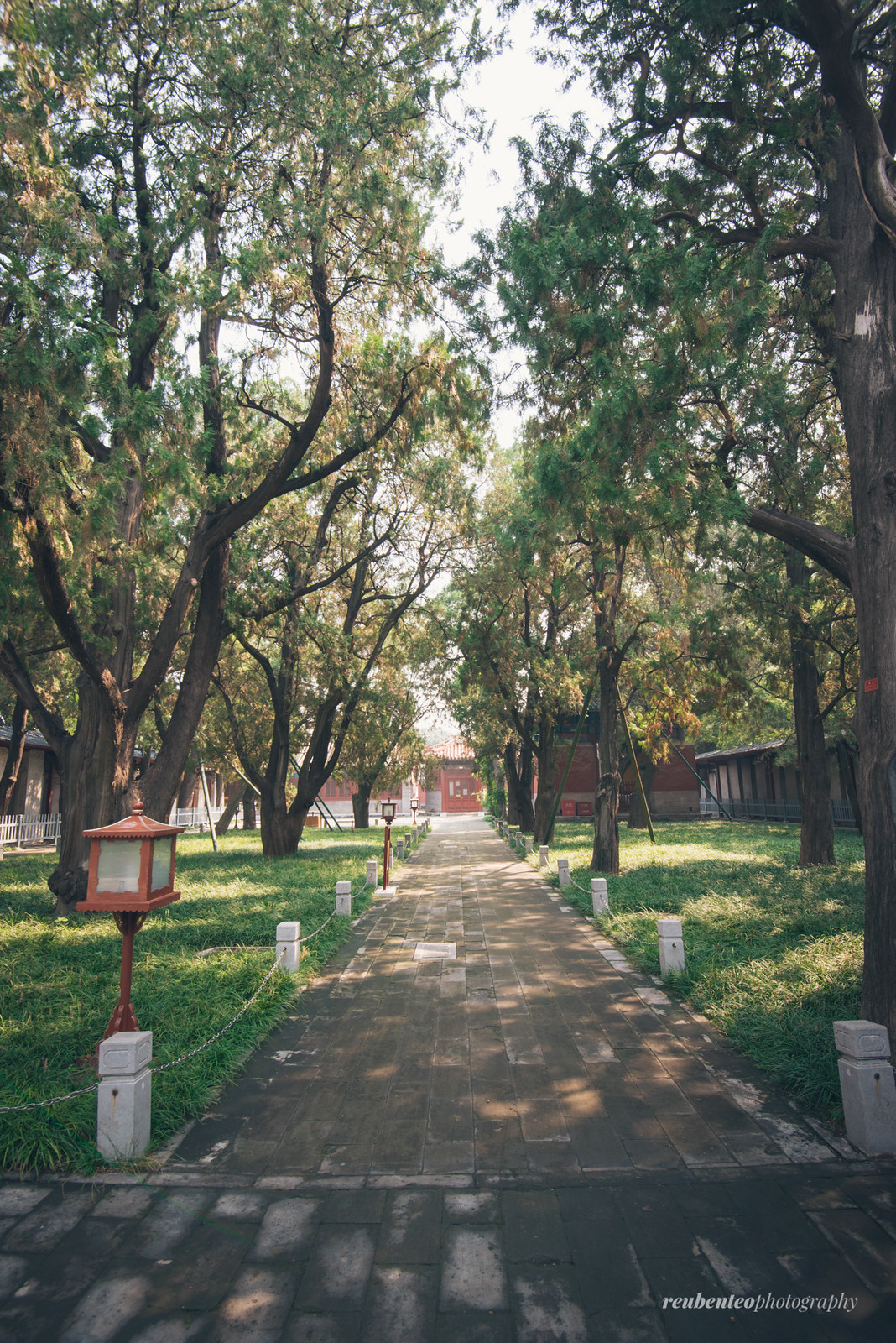
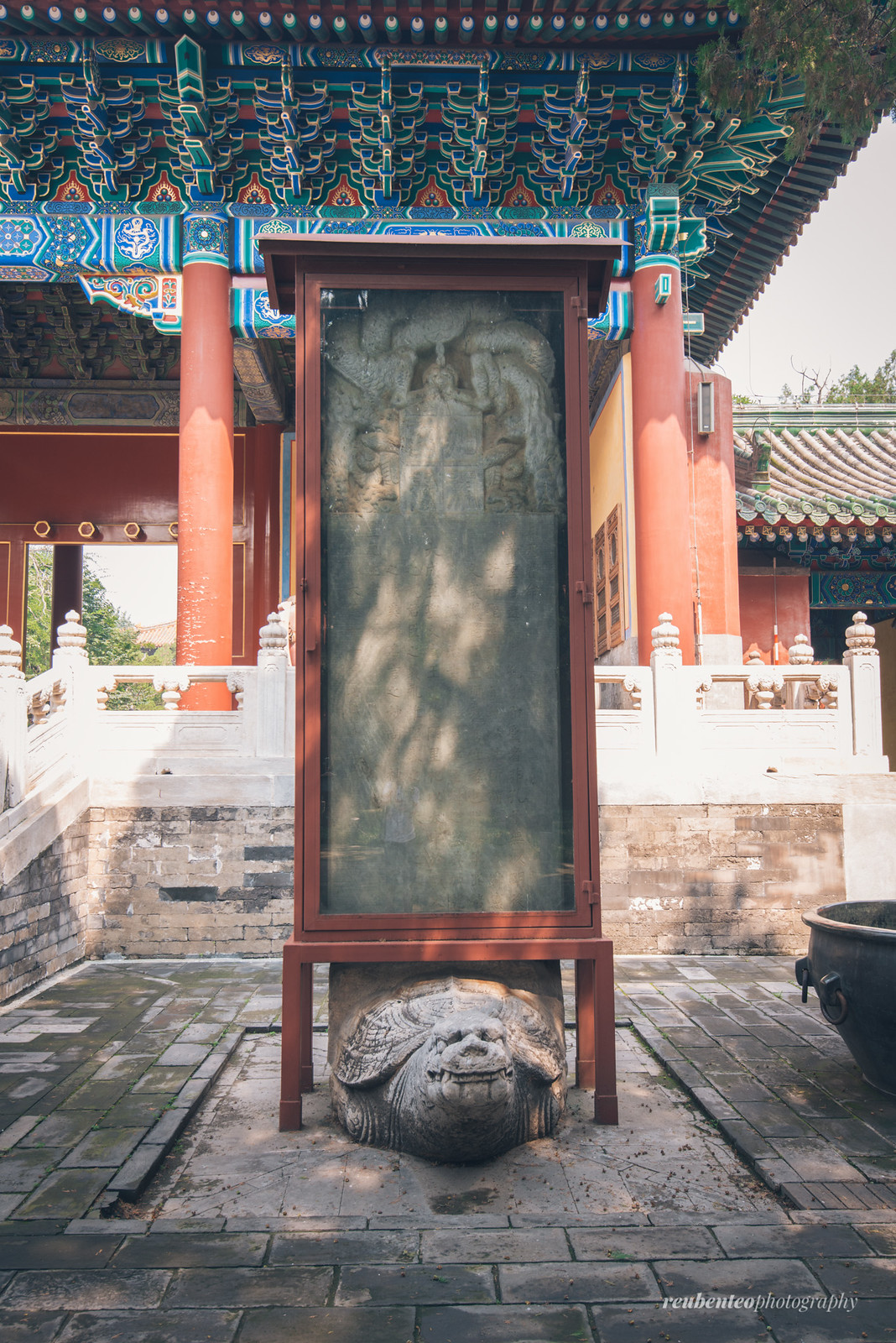
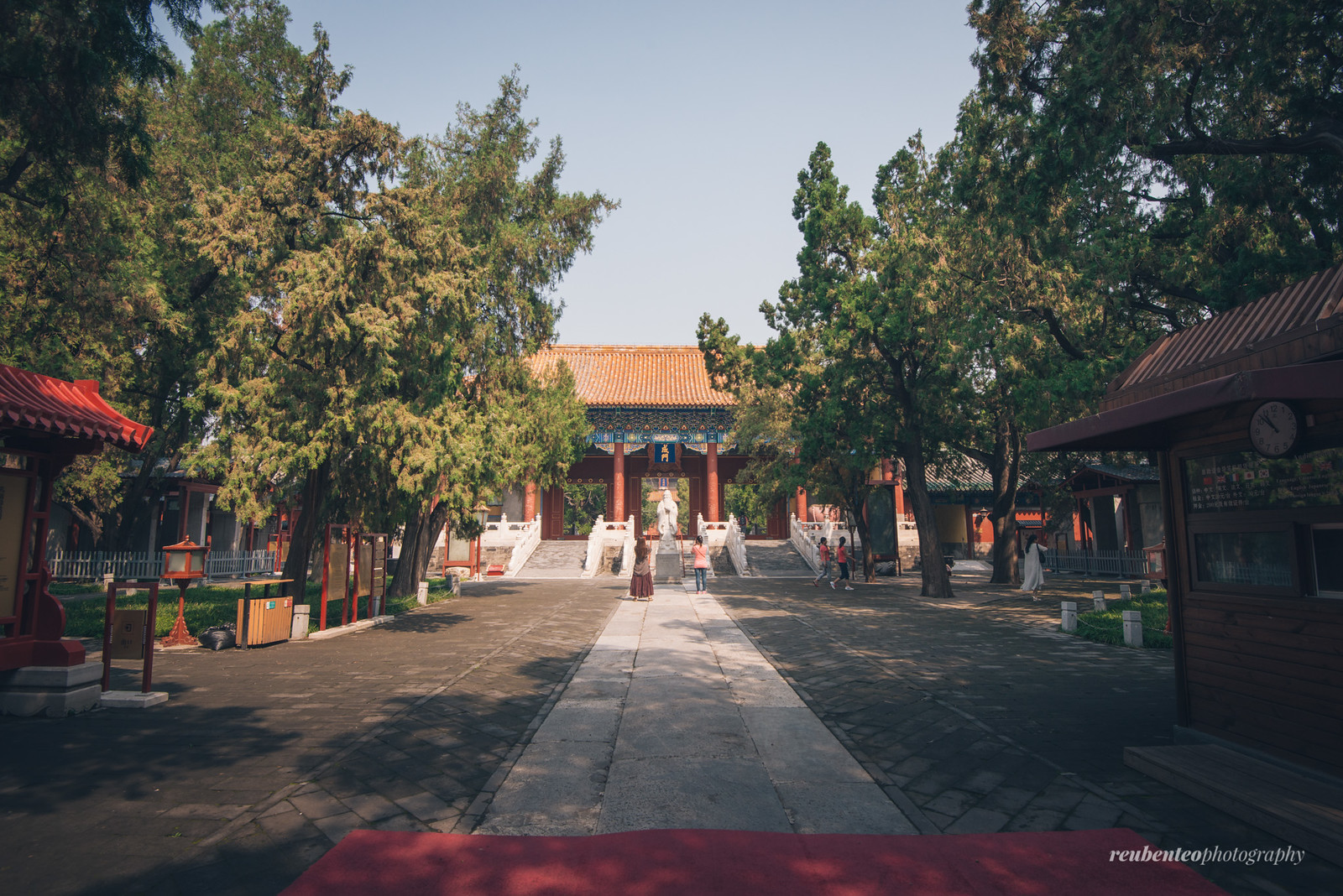

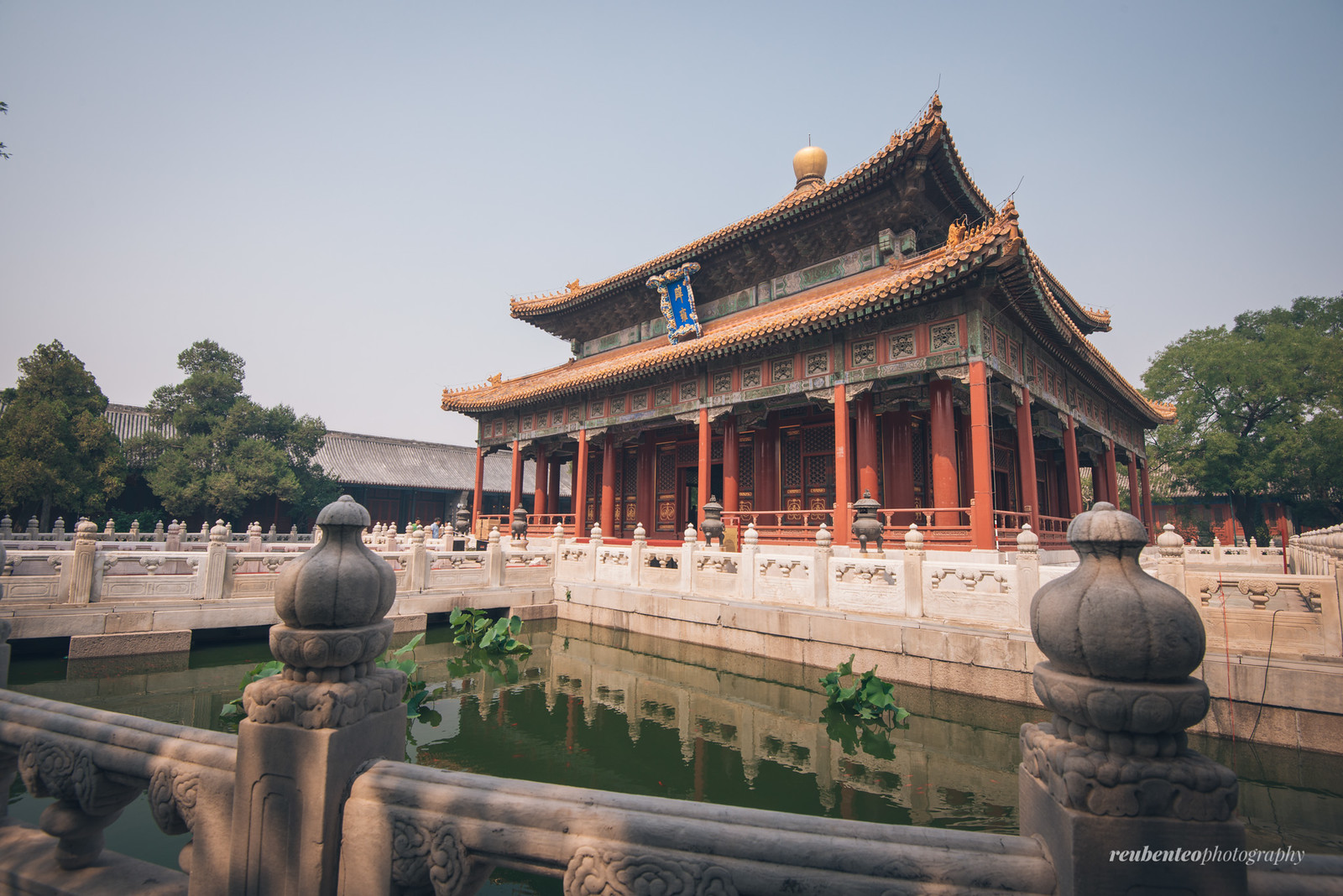


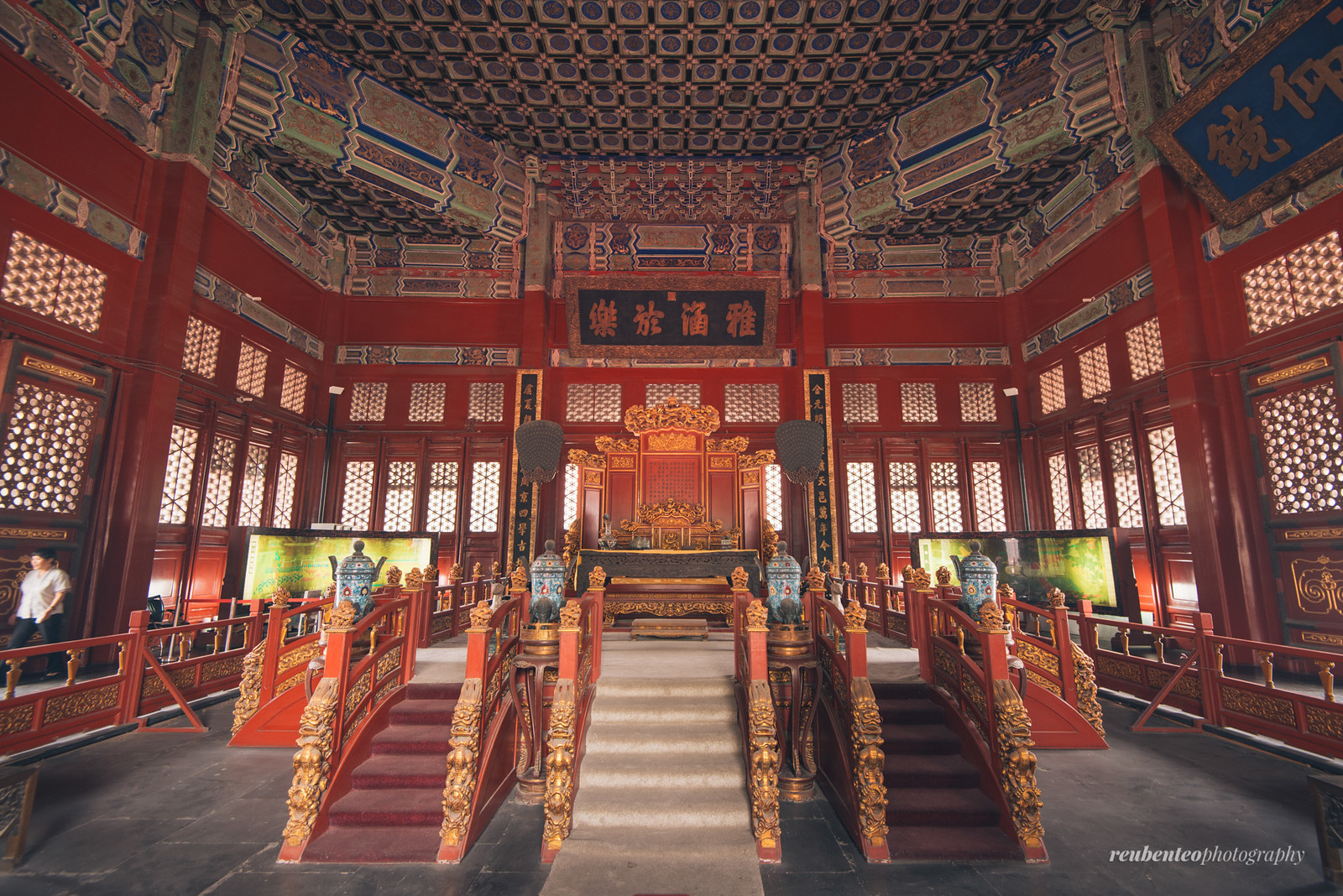

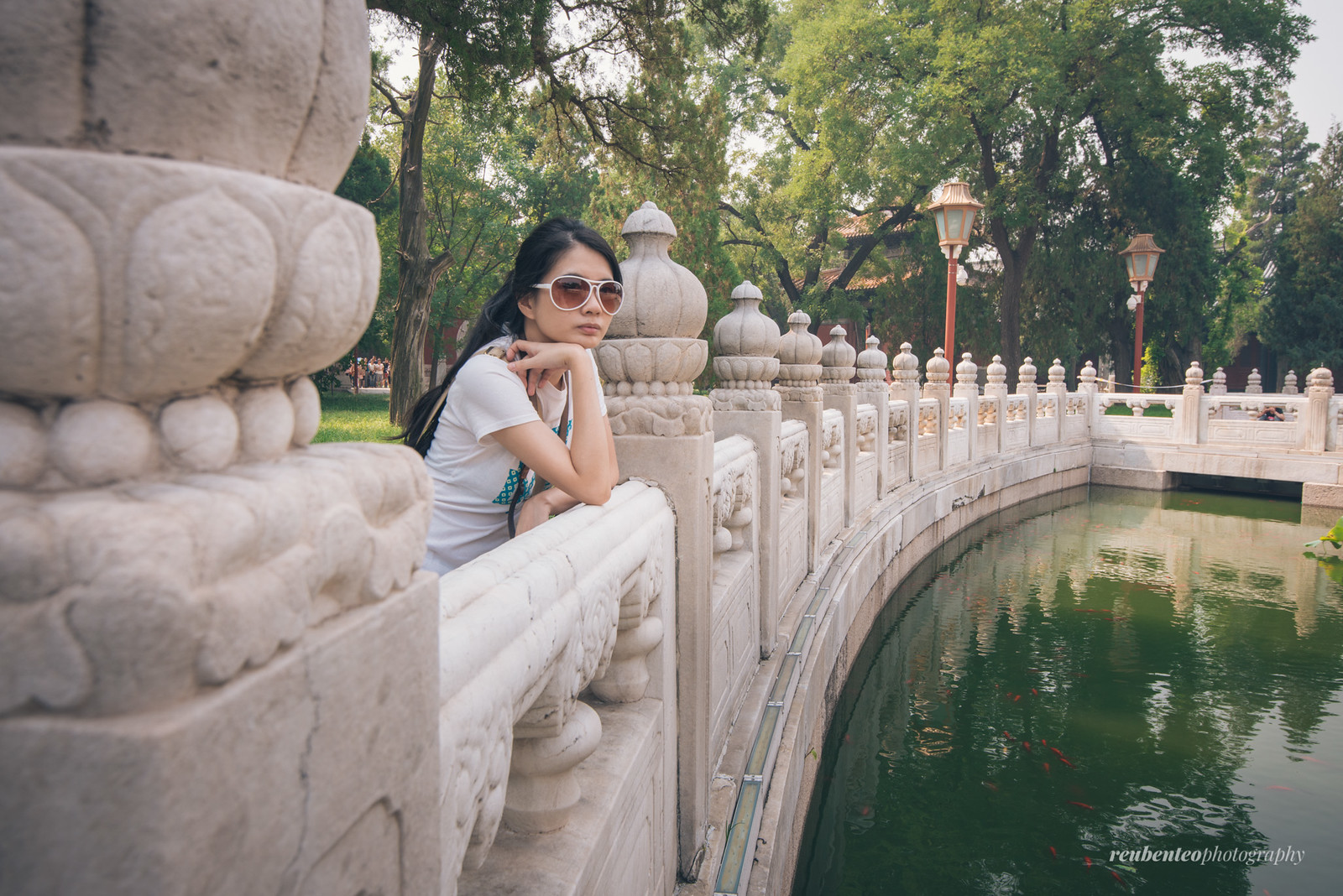
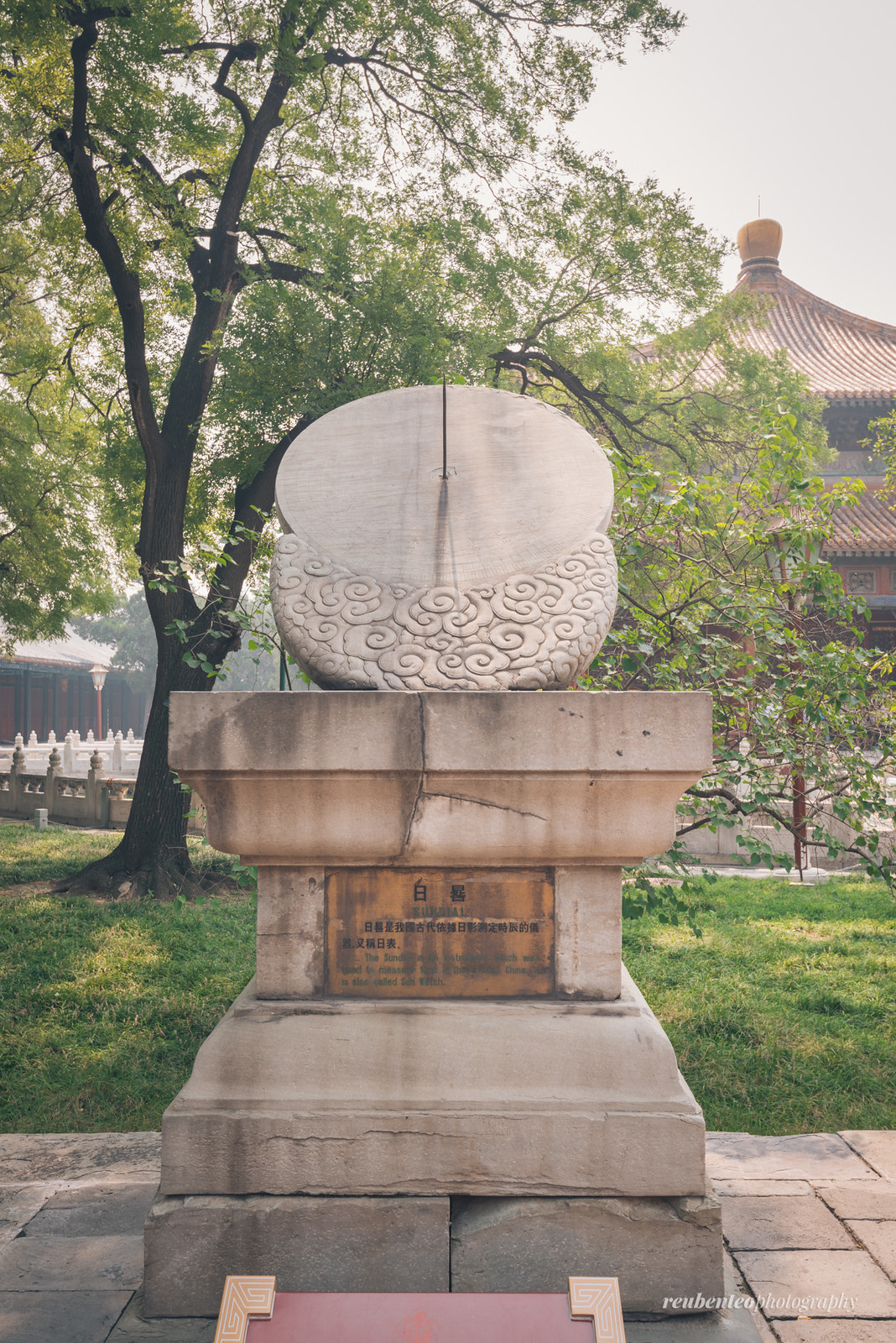





Leave a Comment